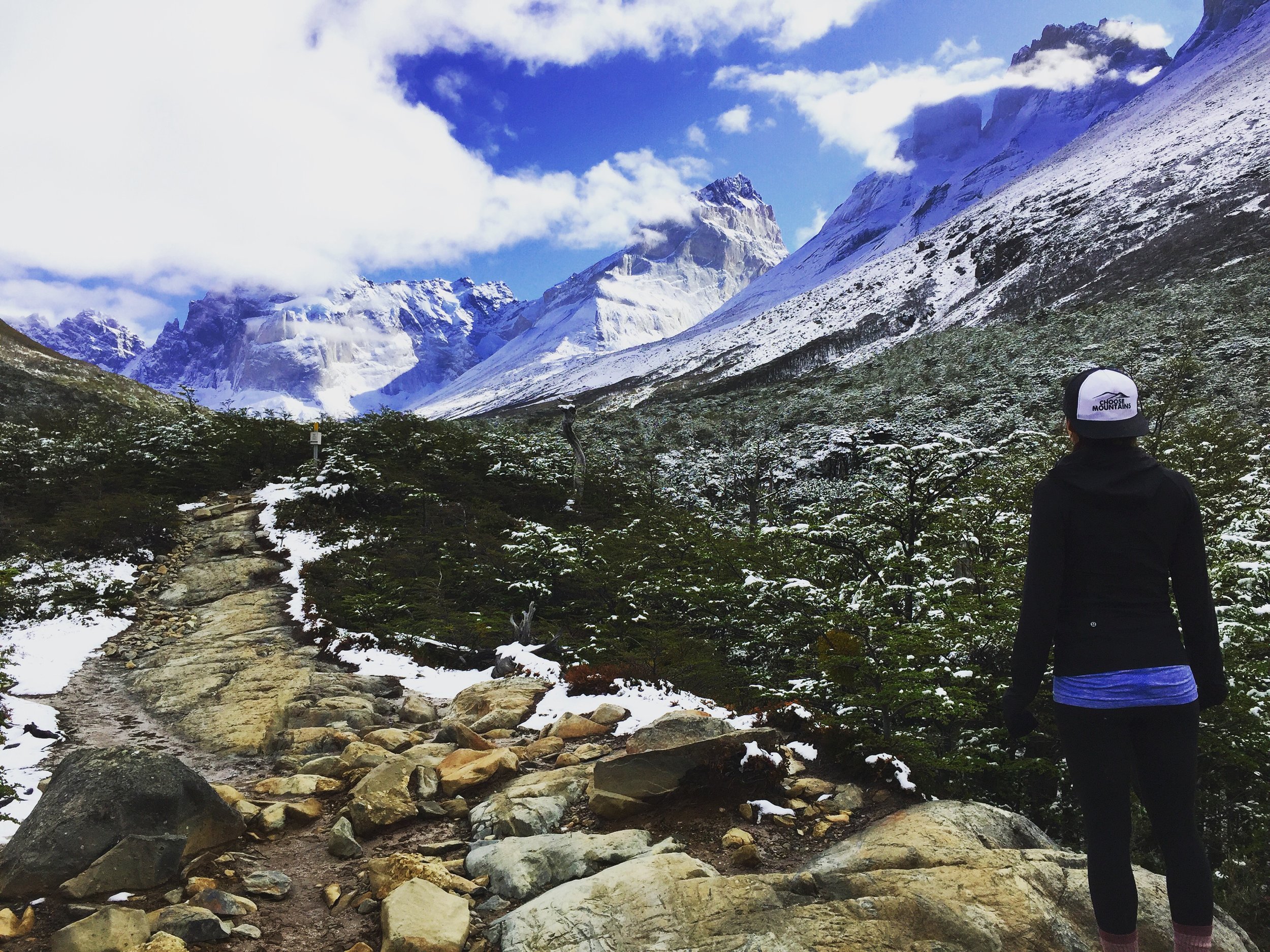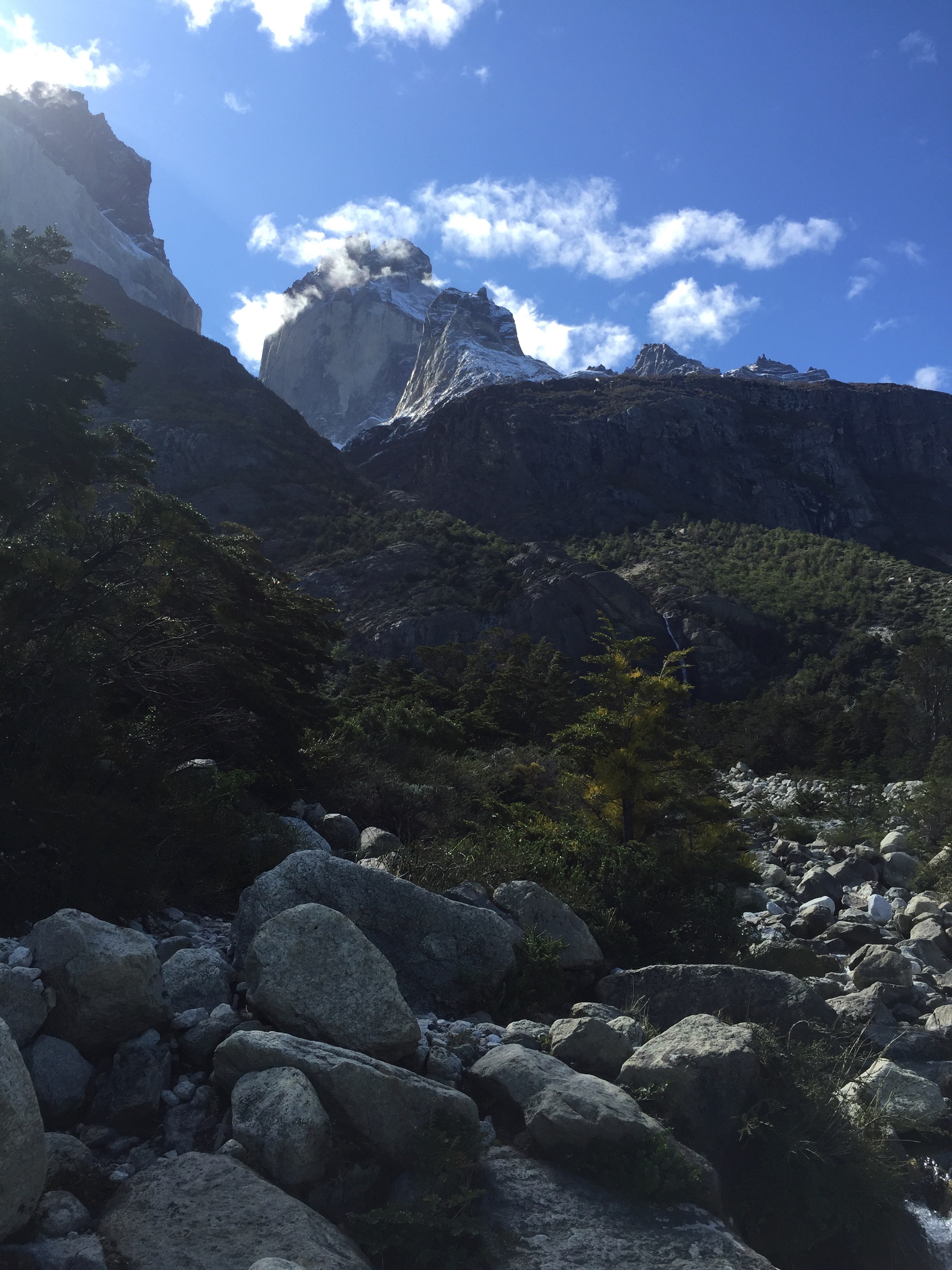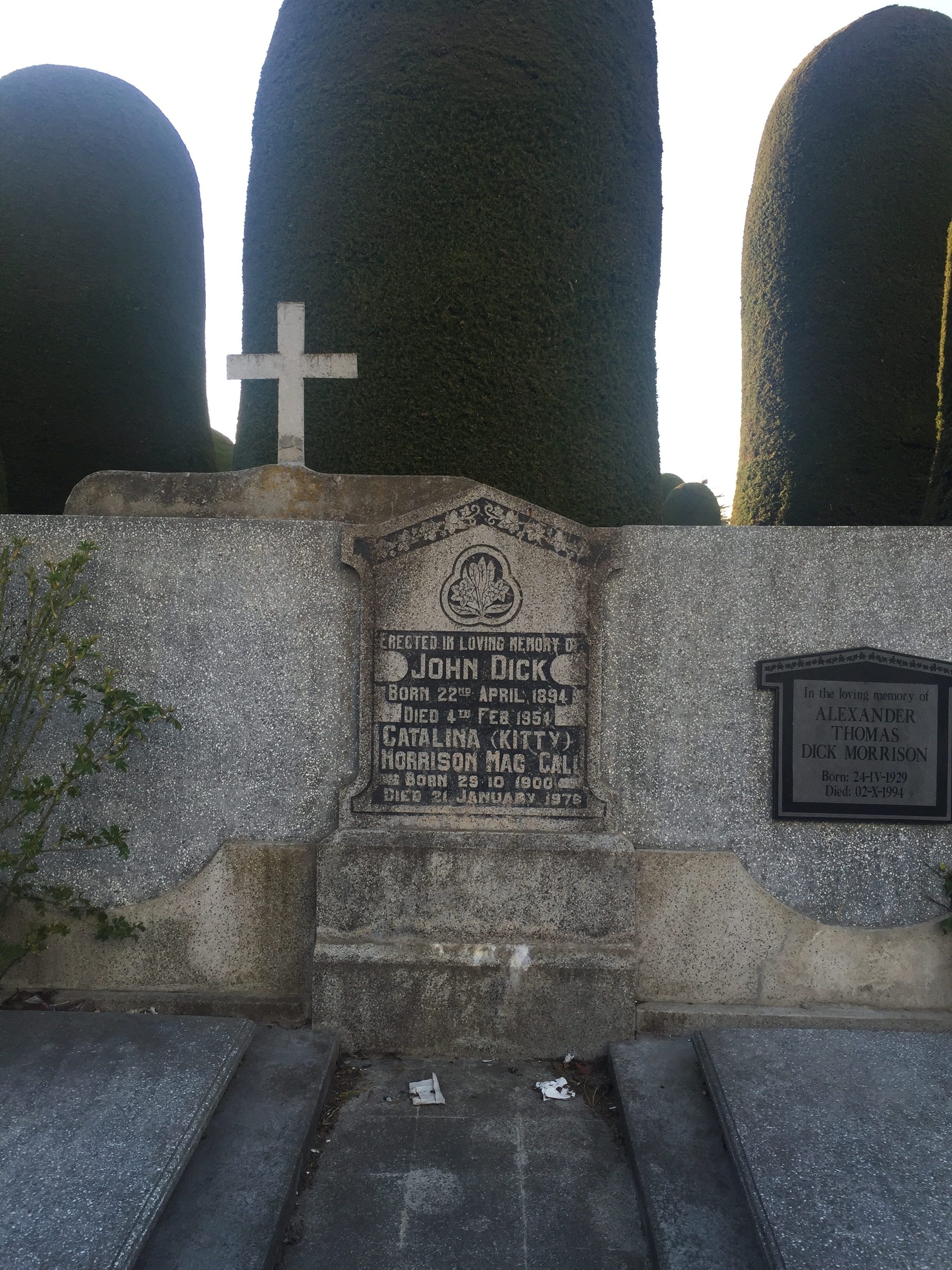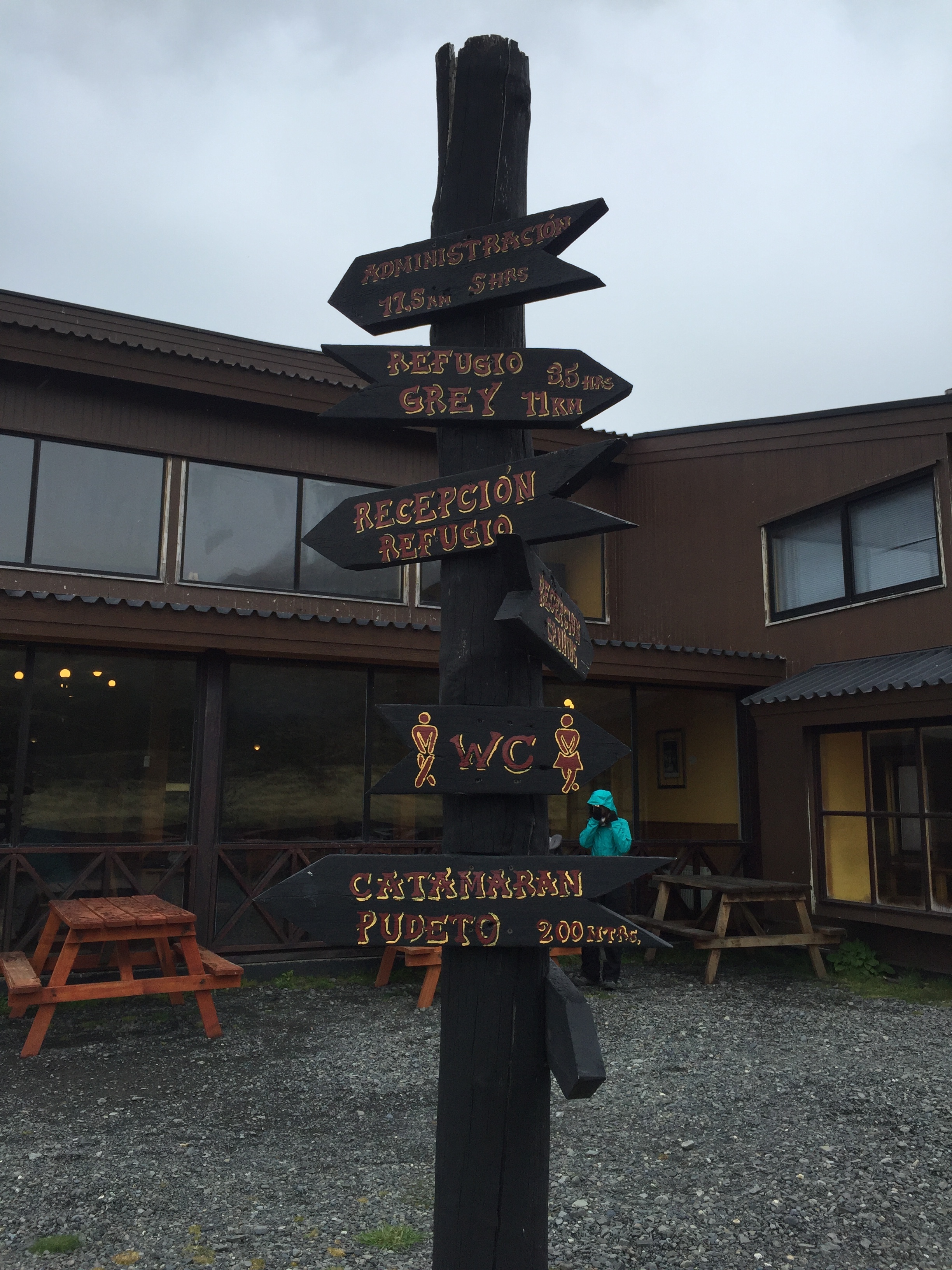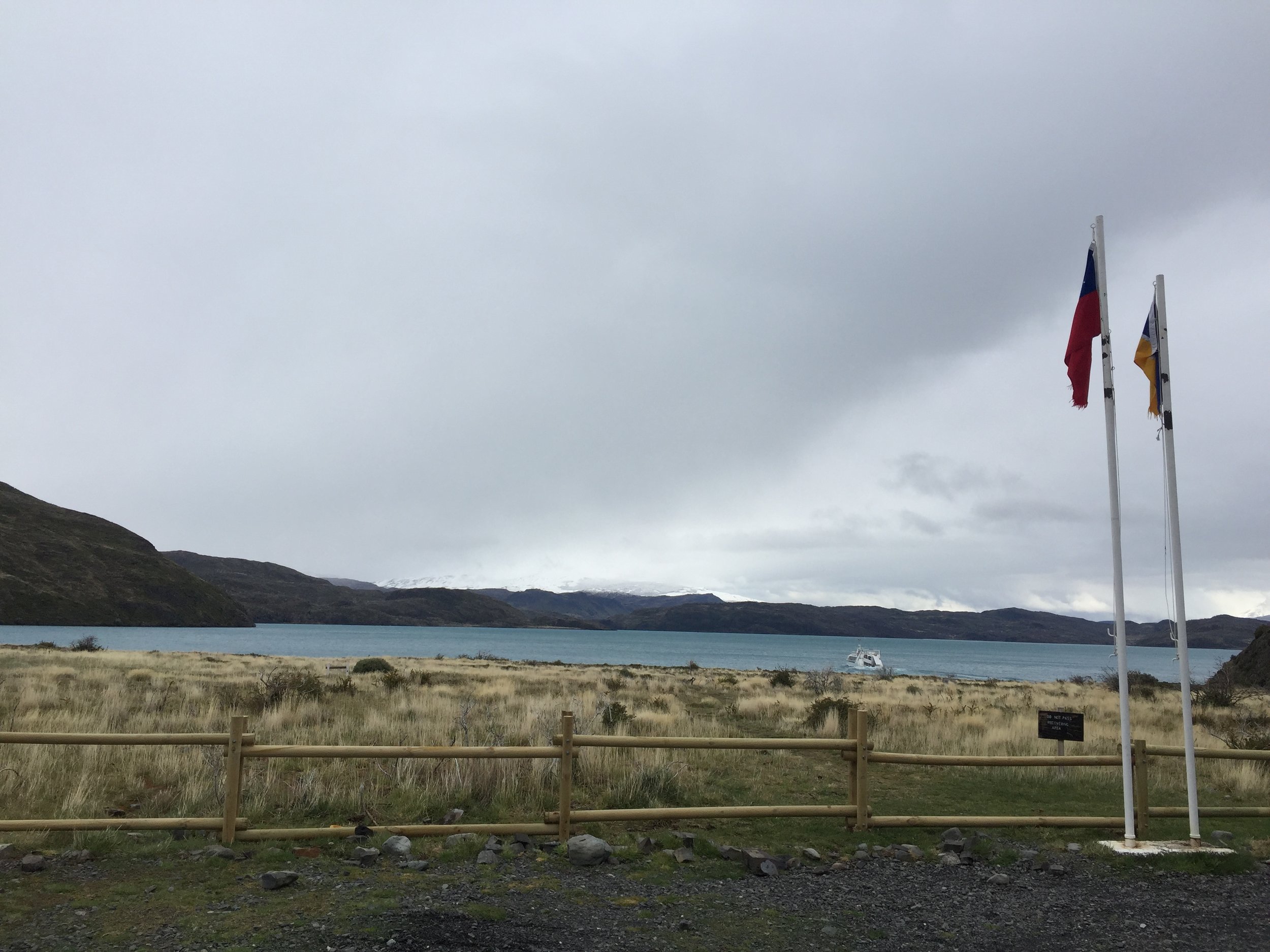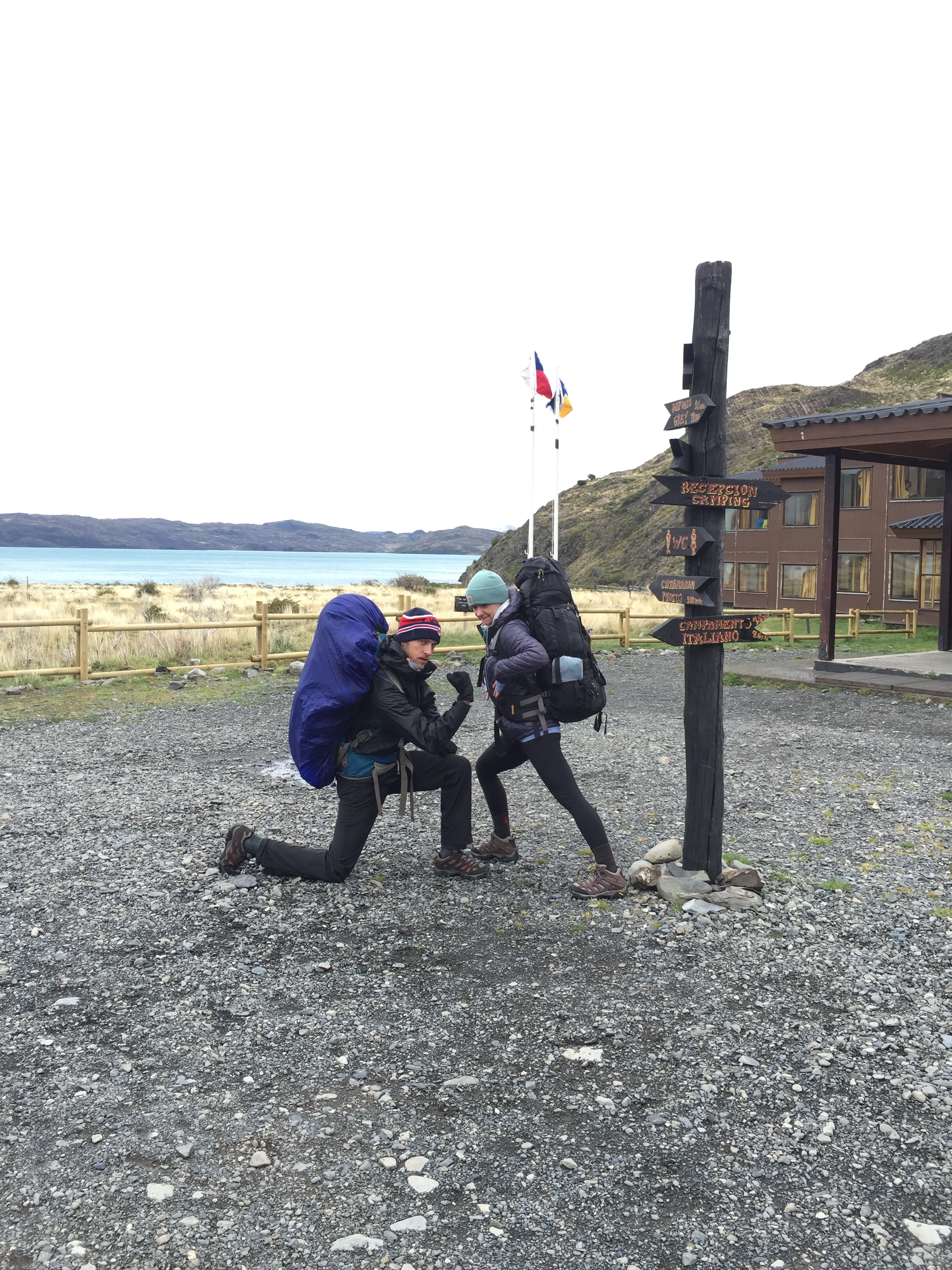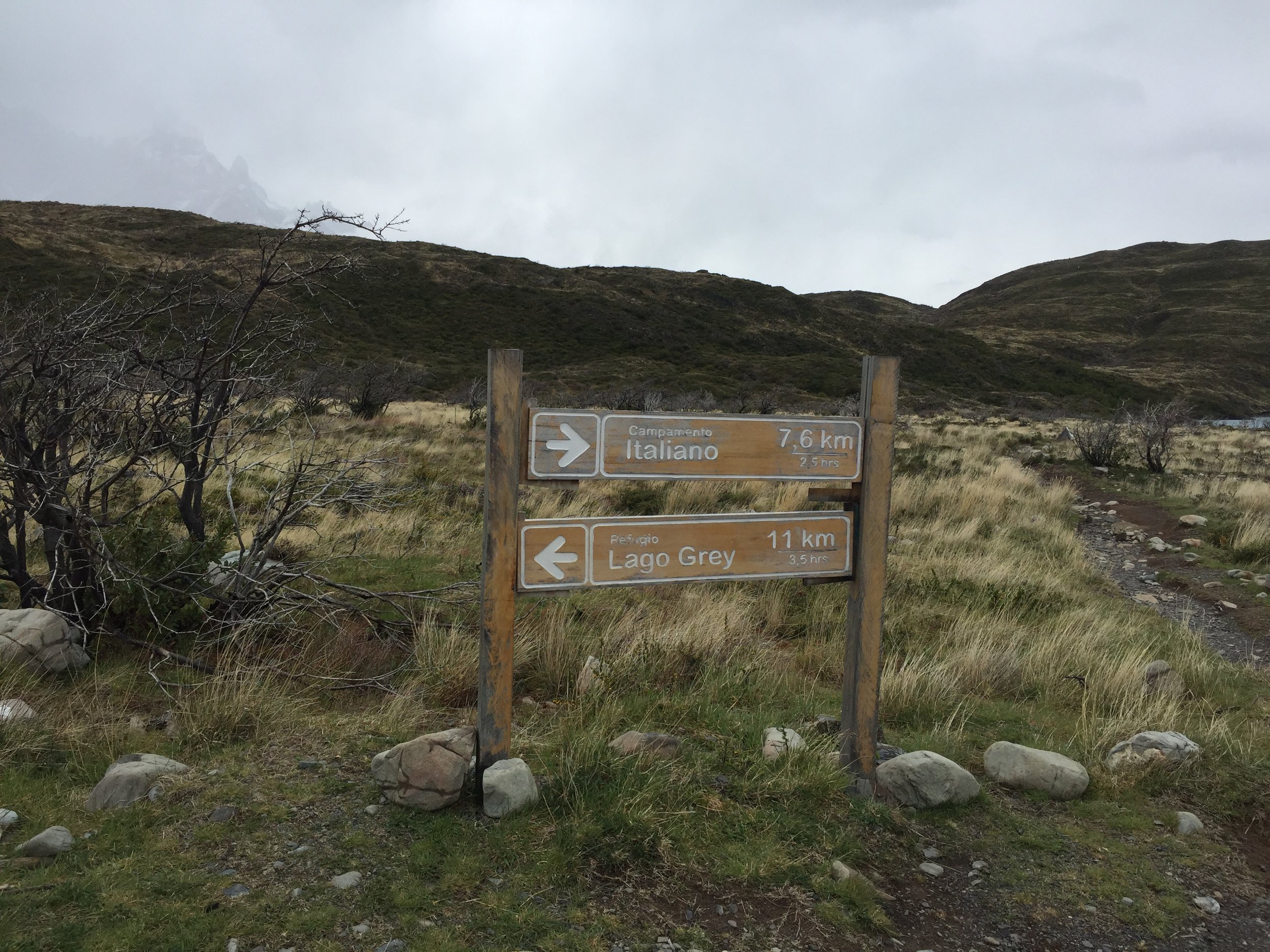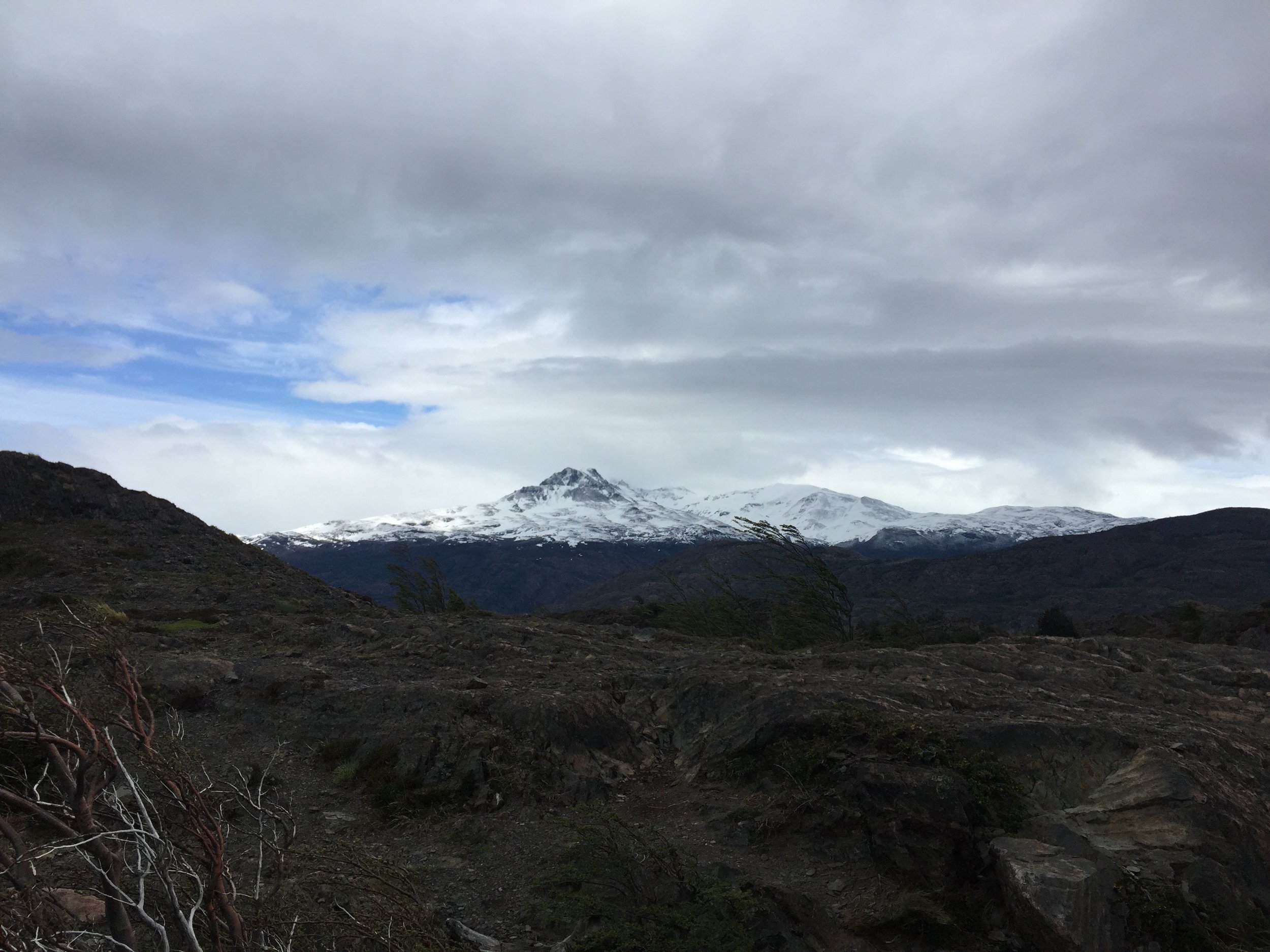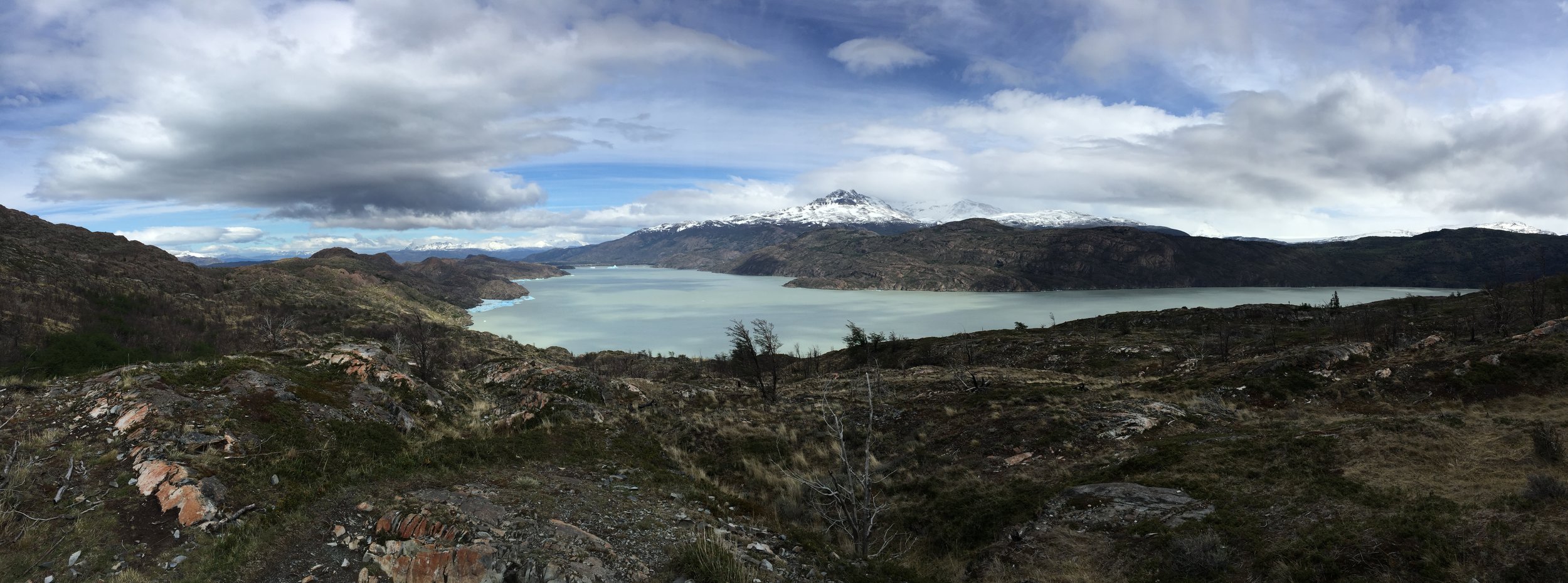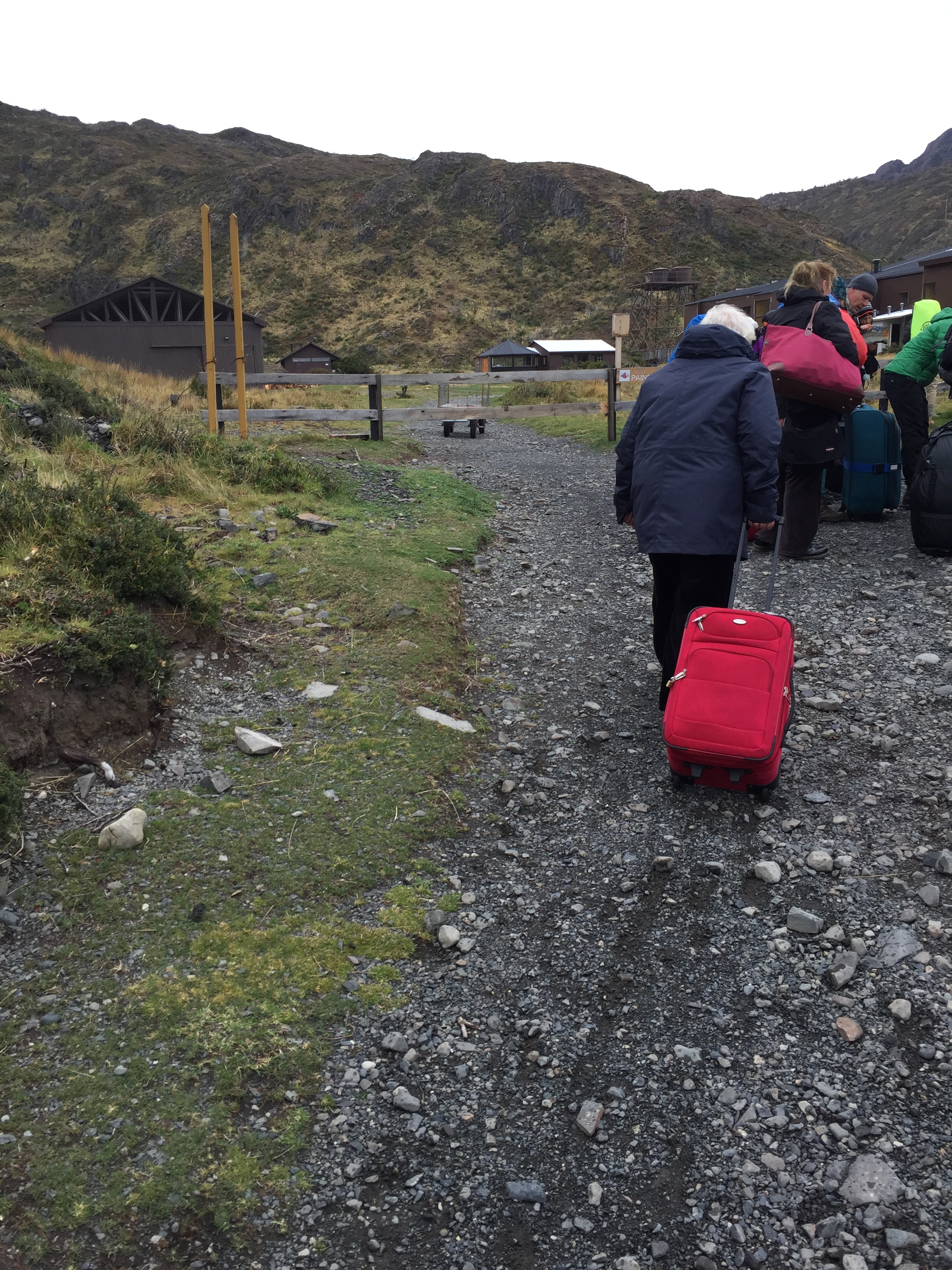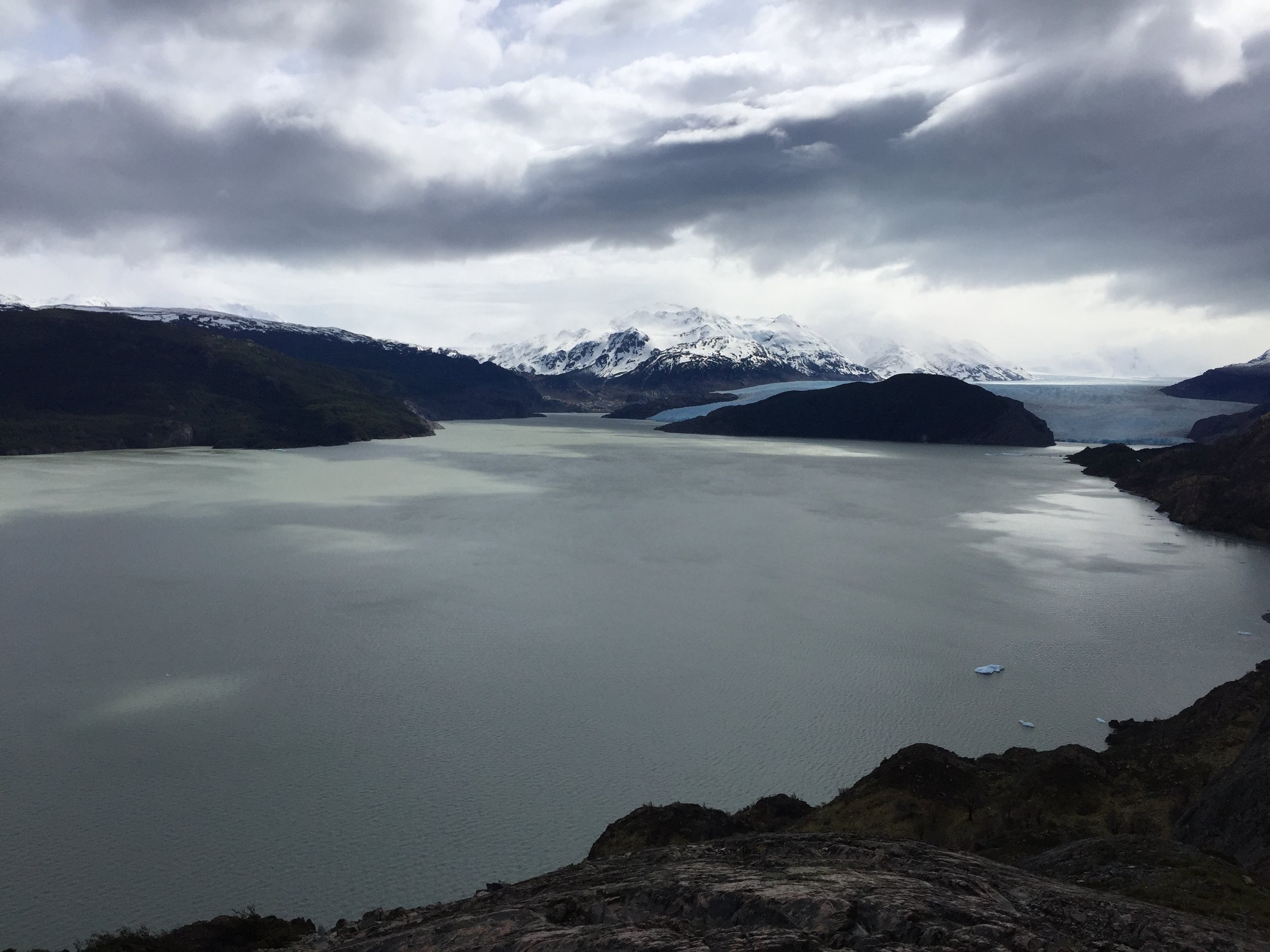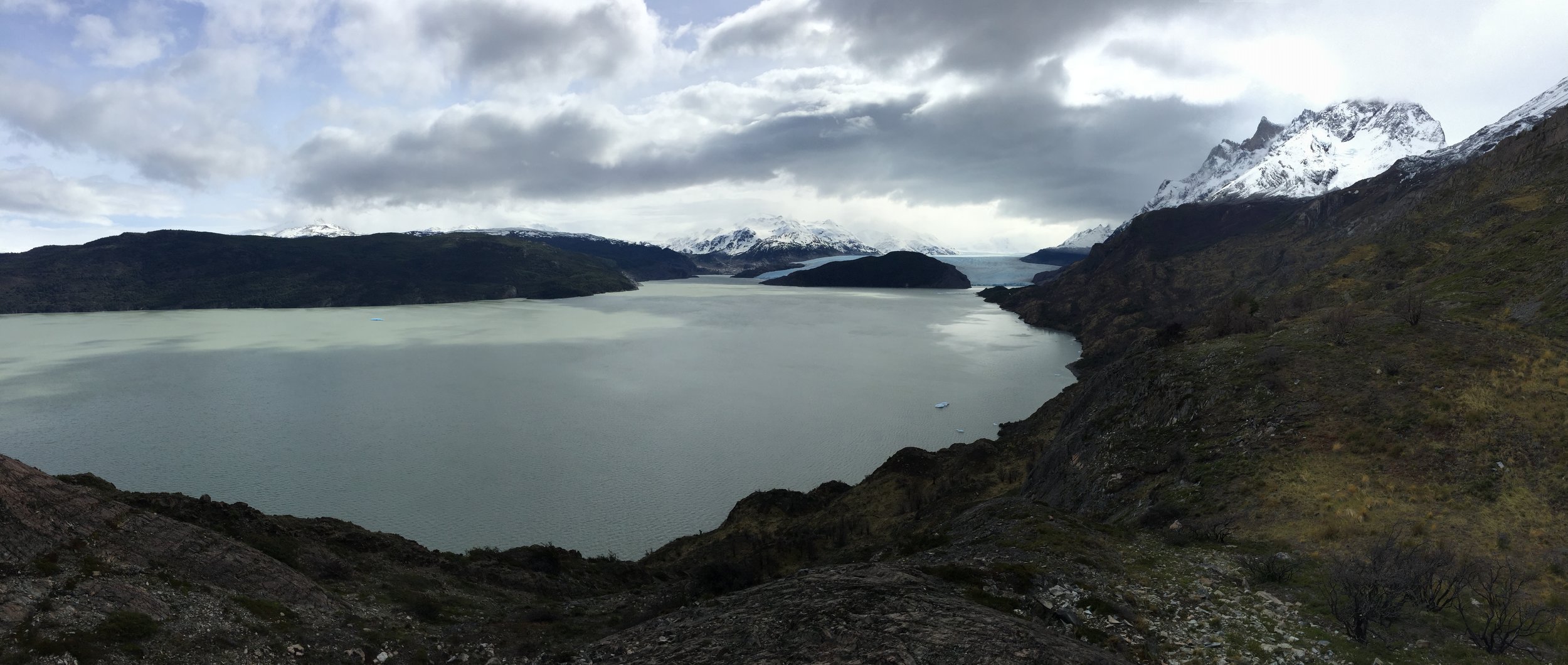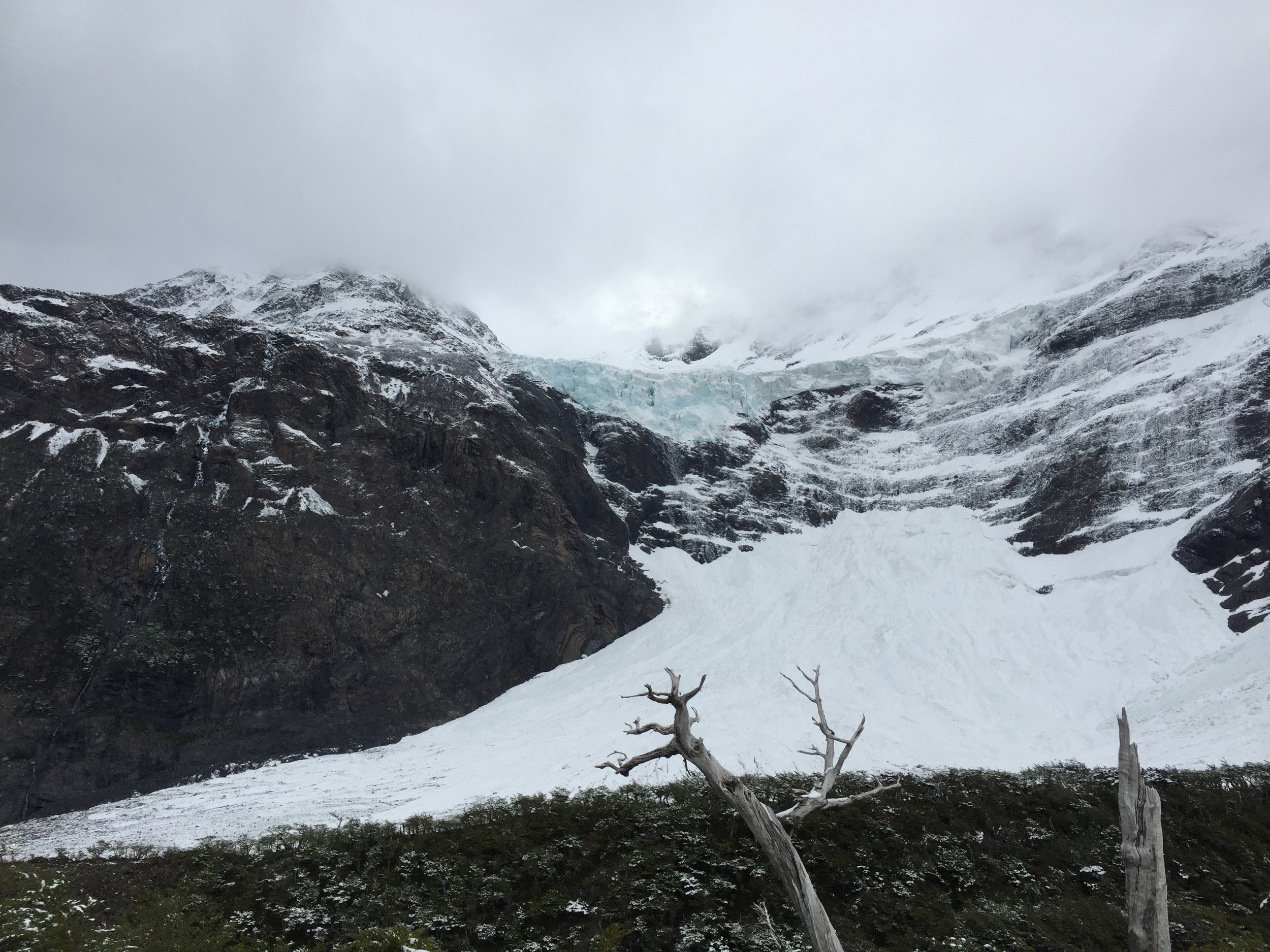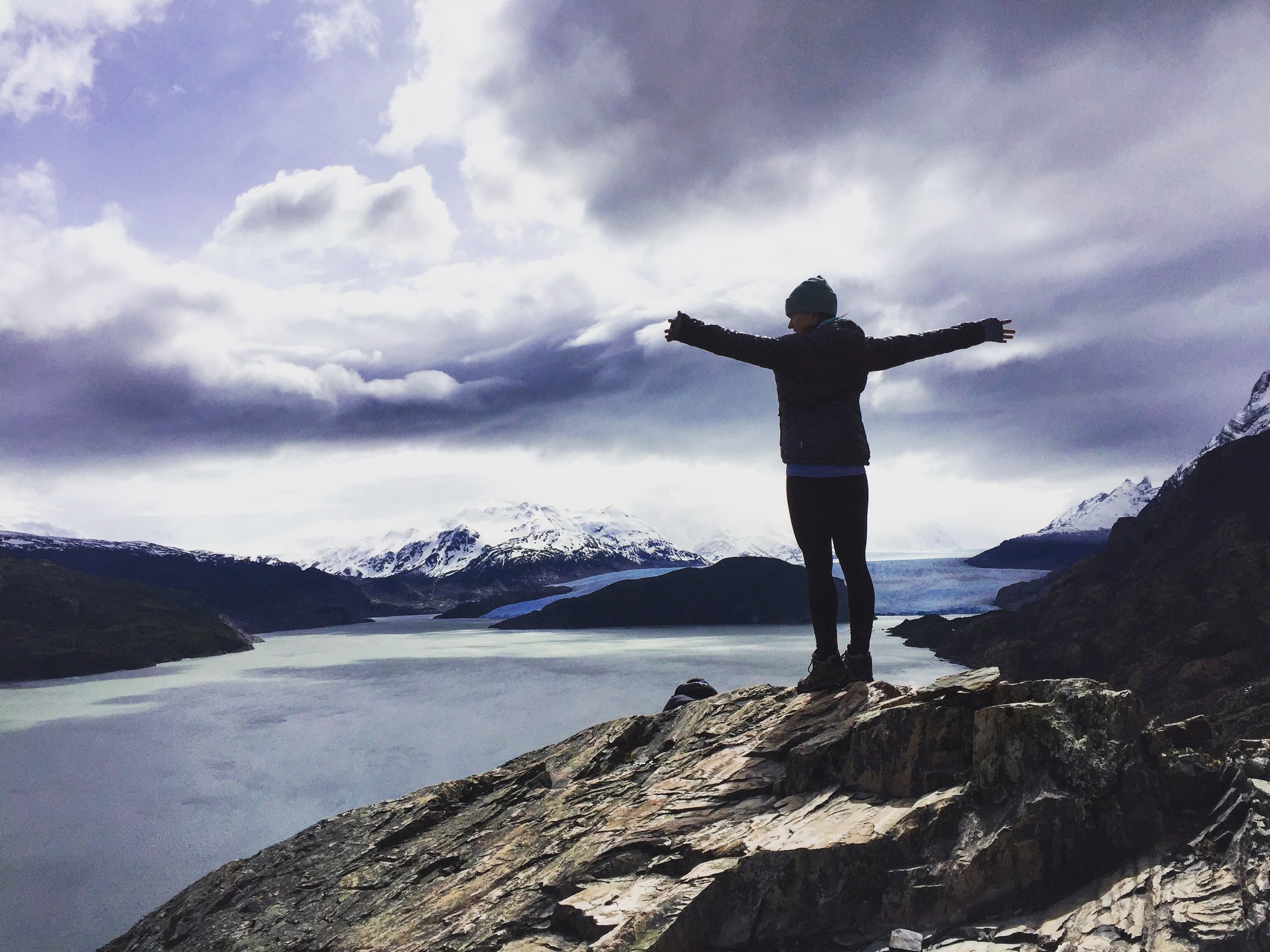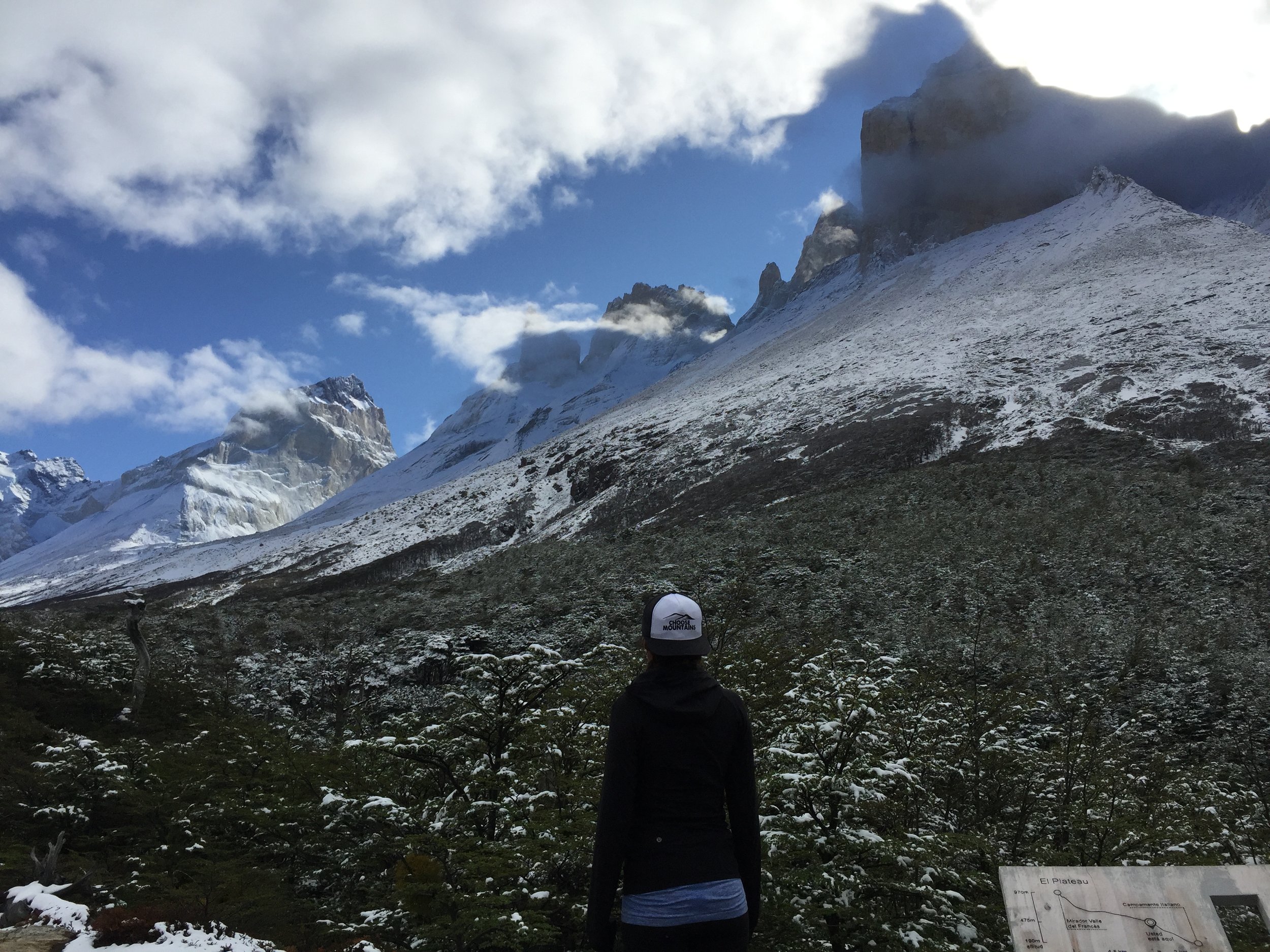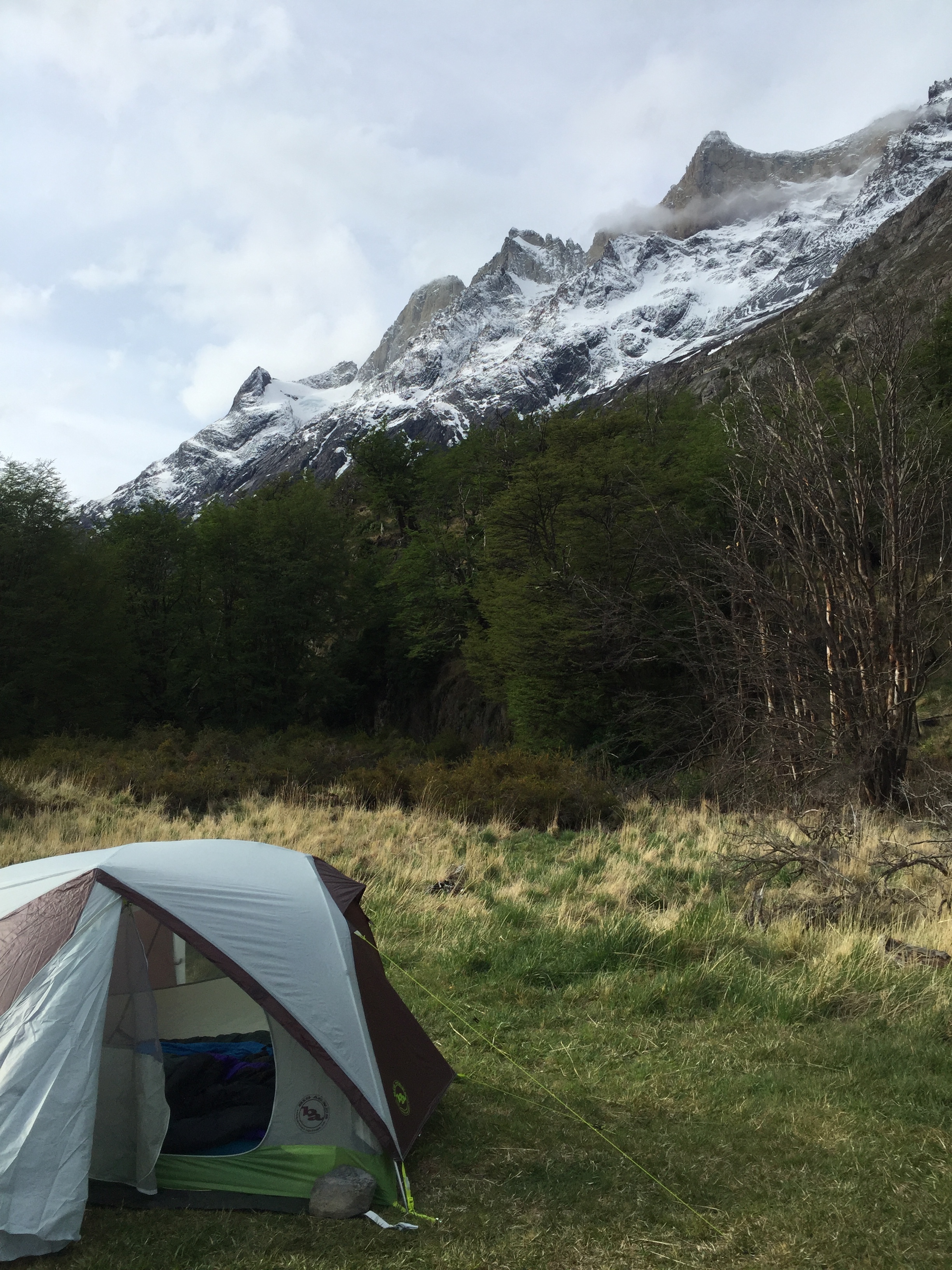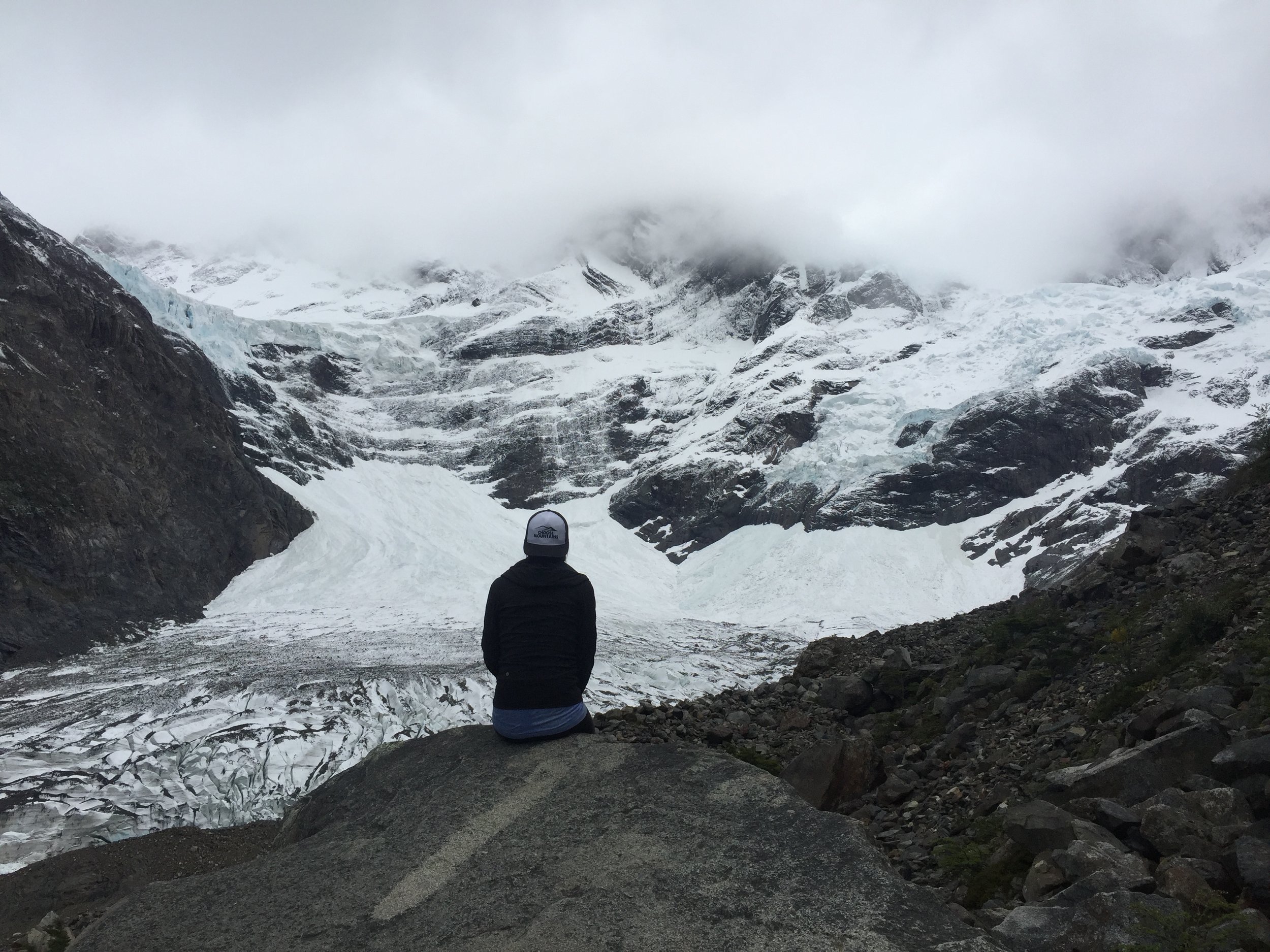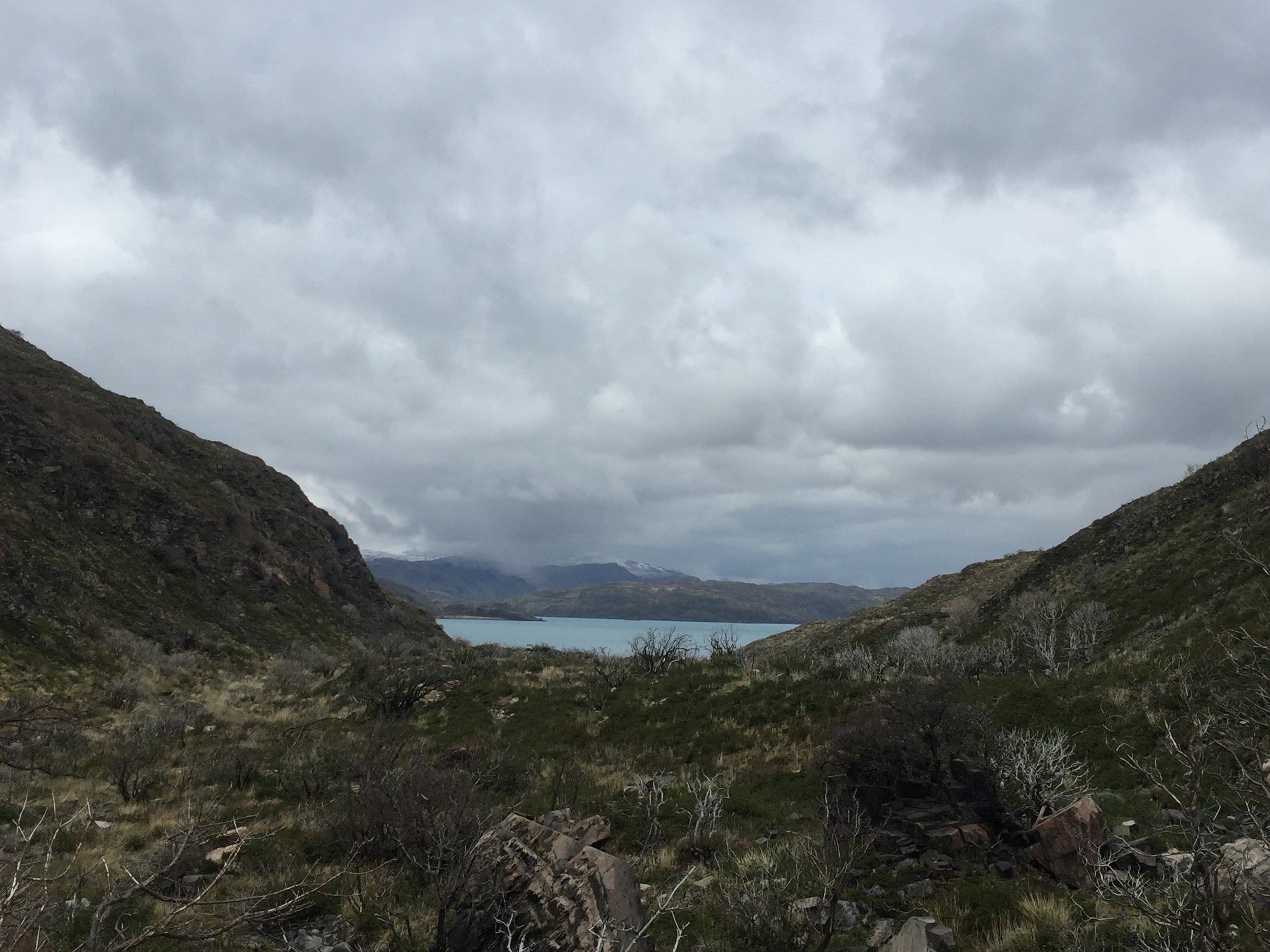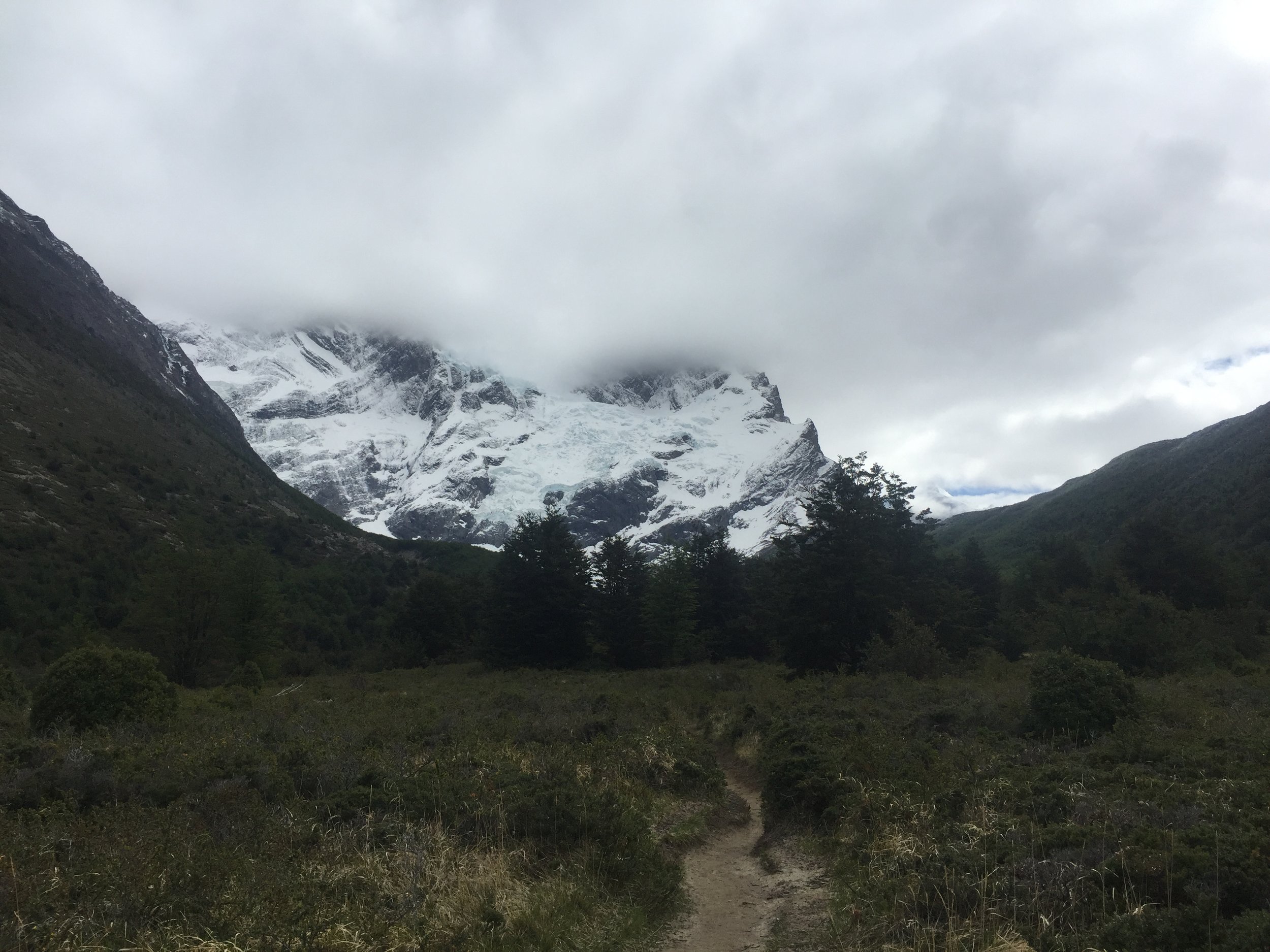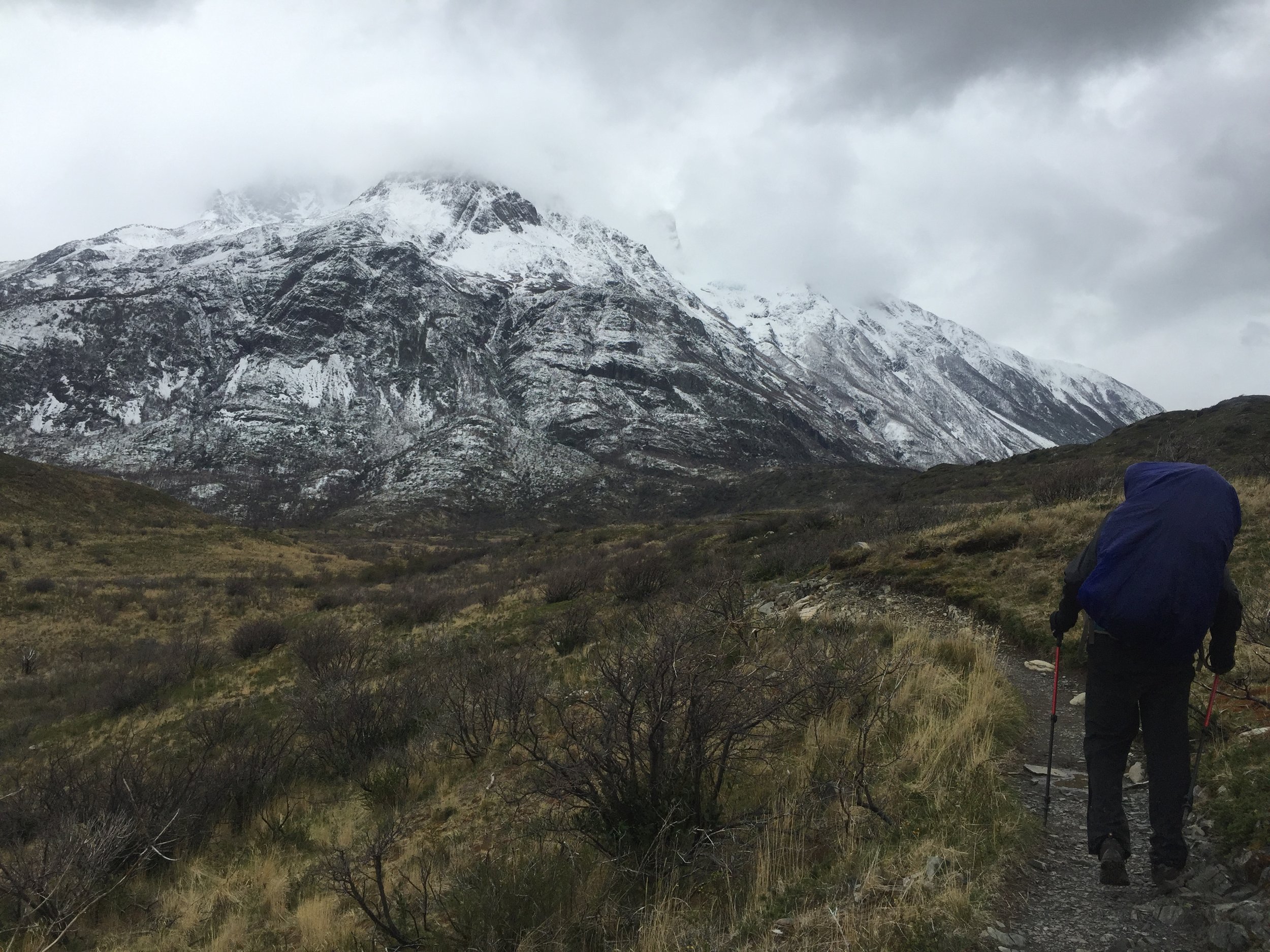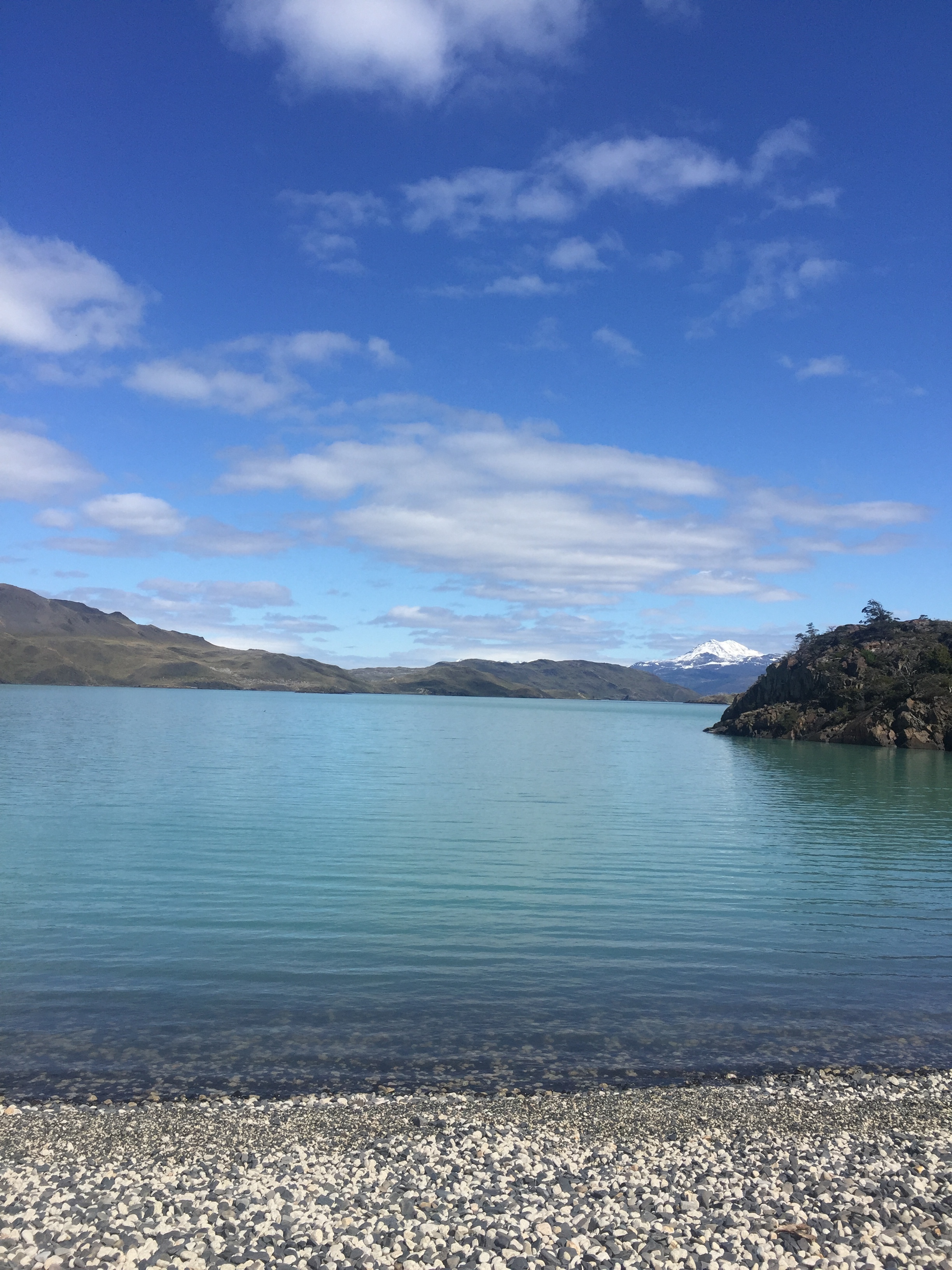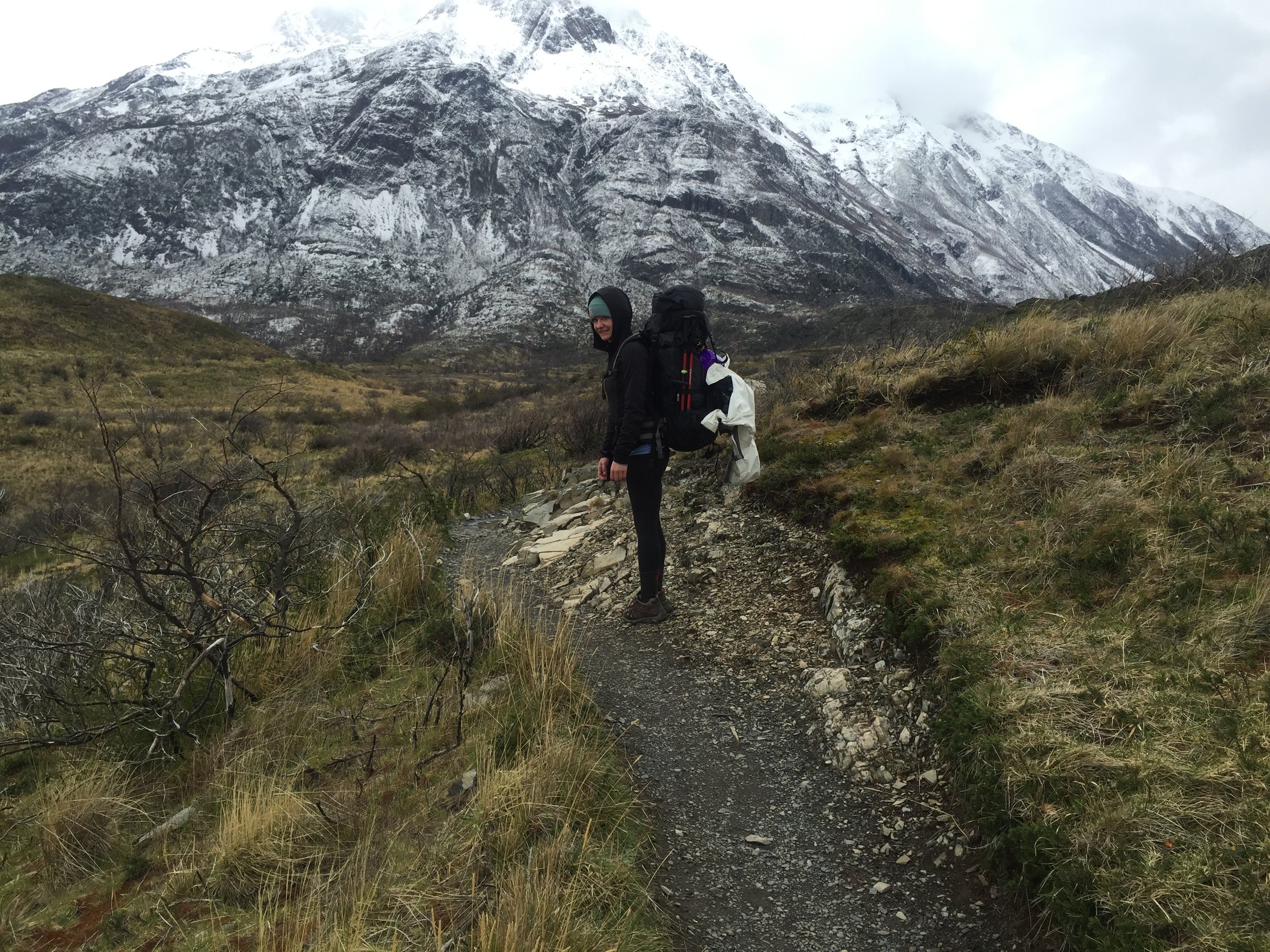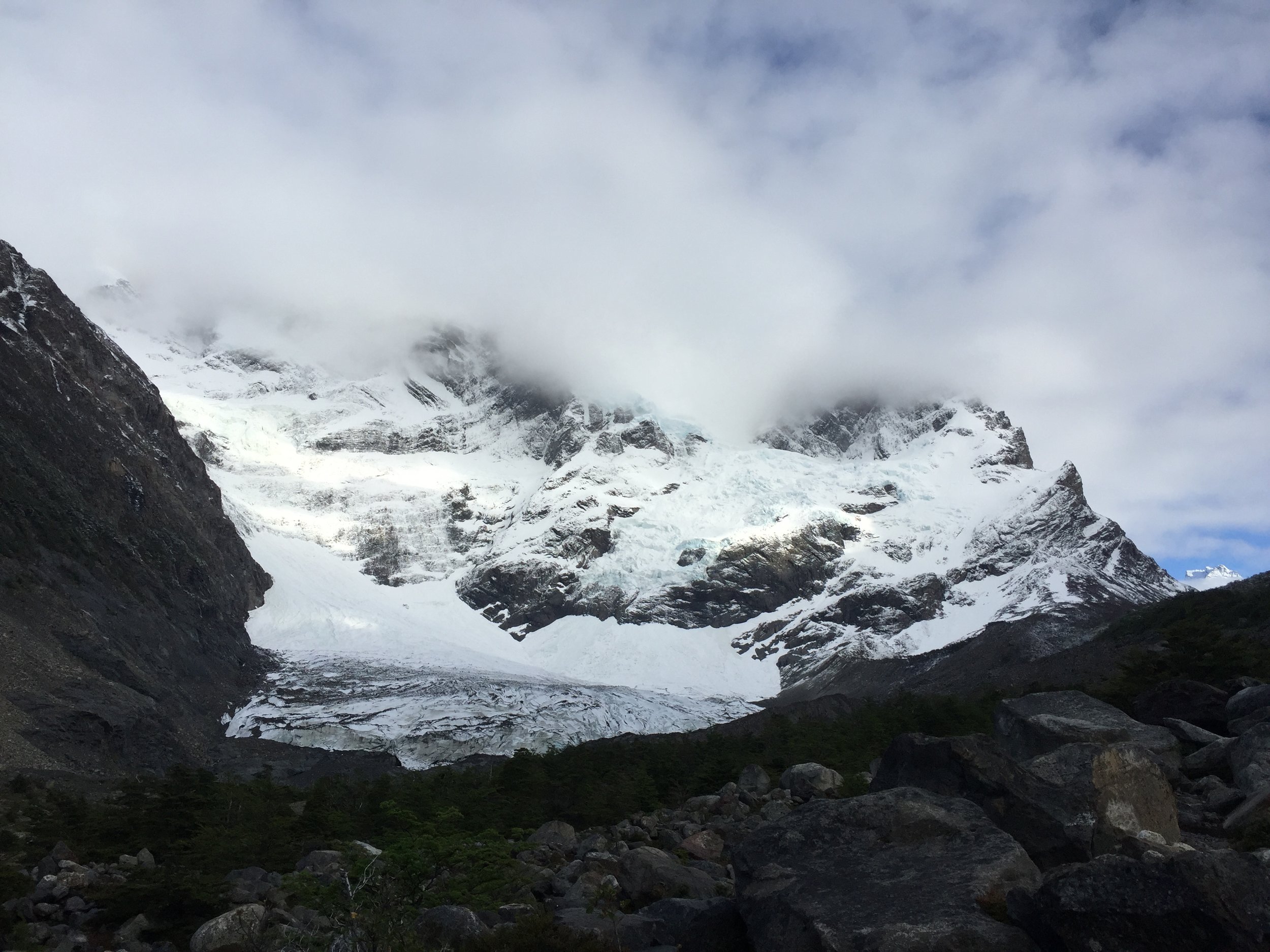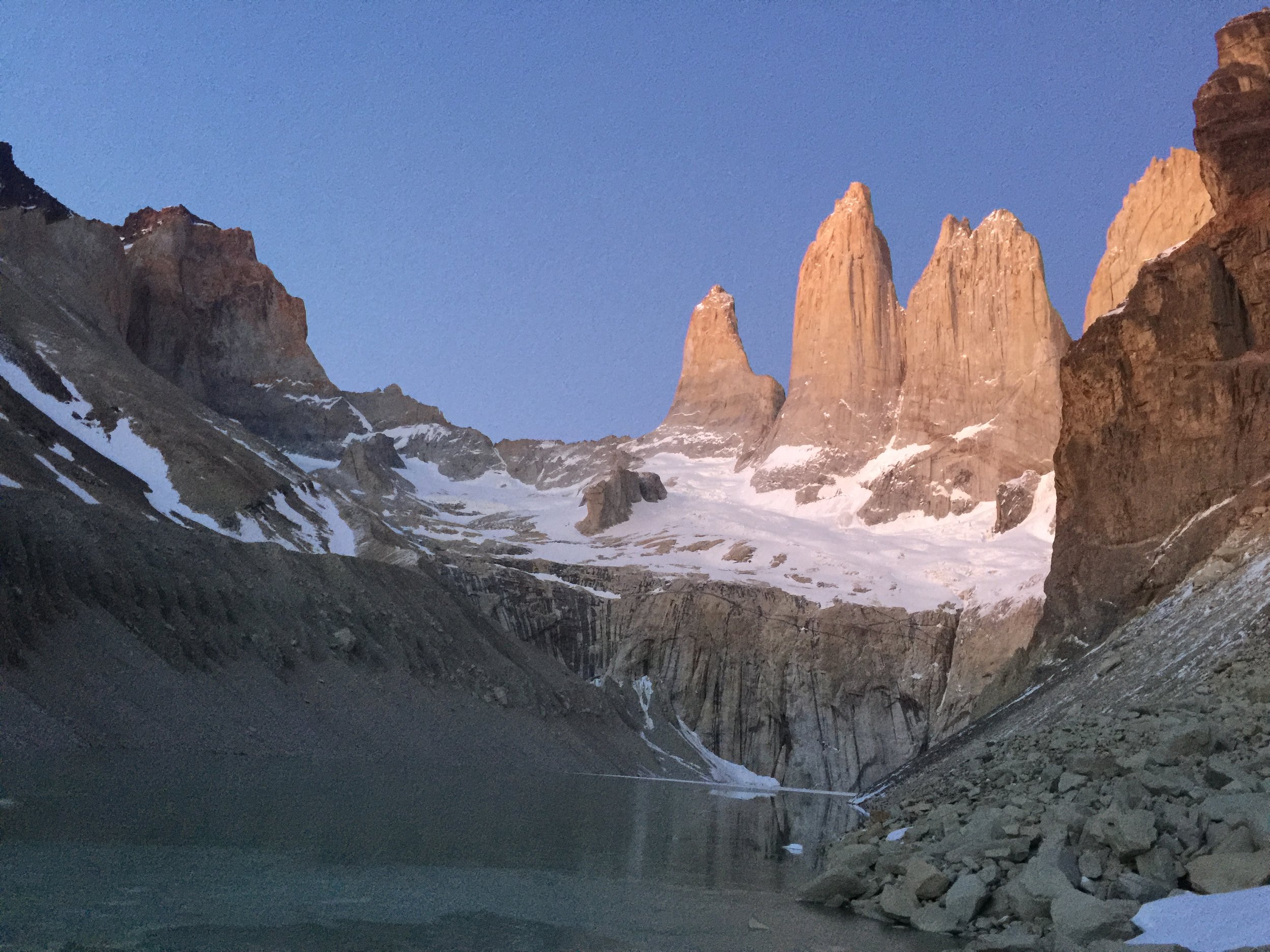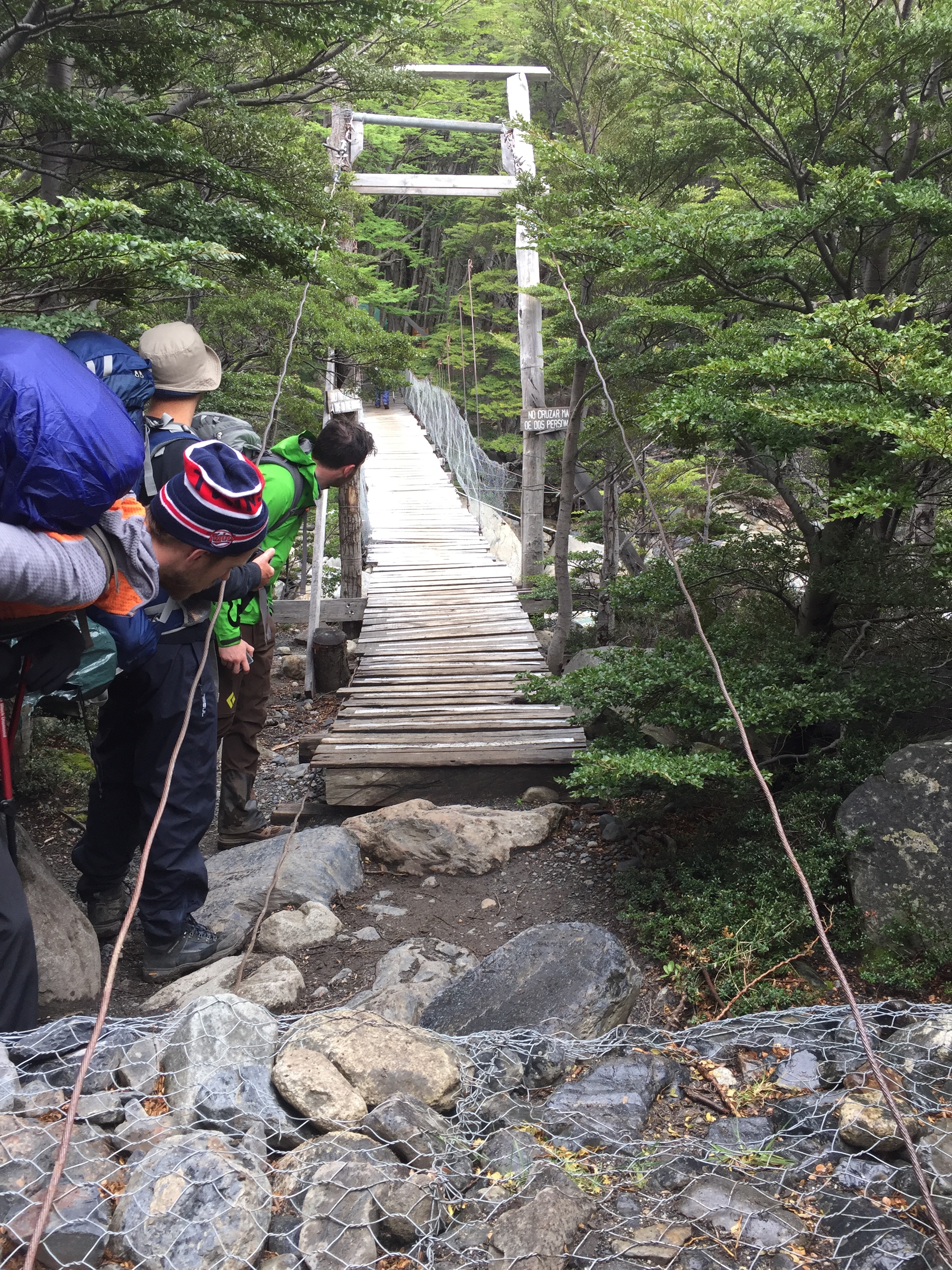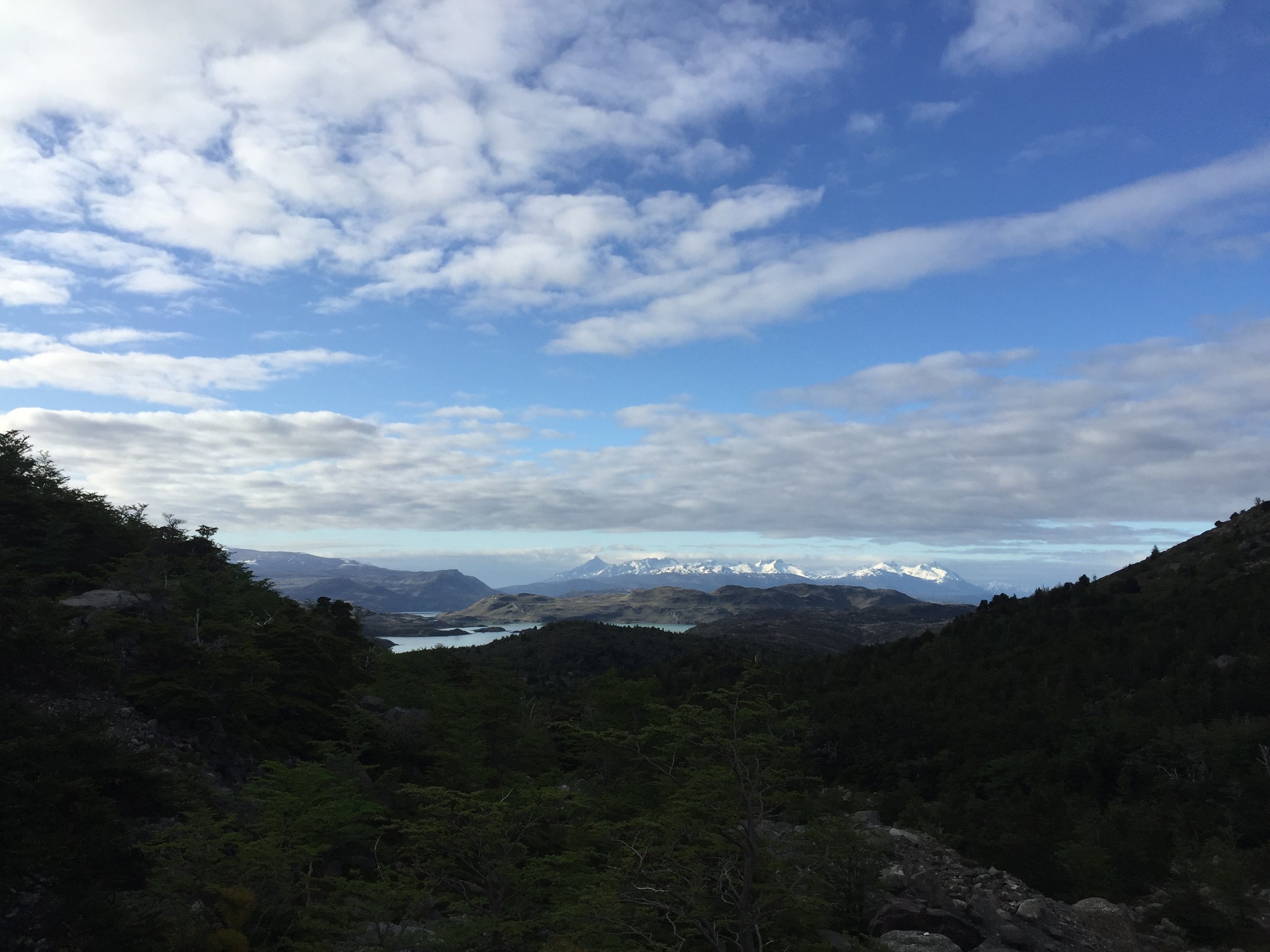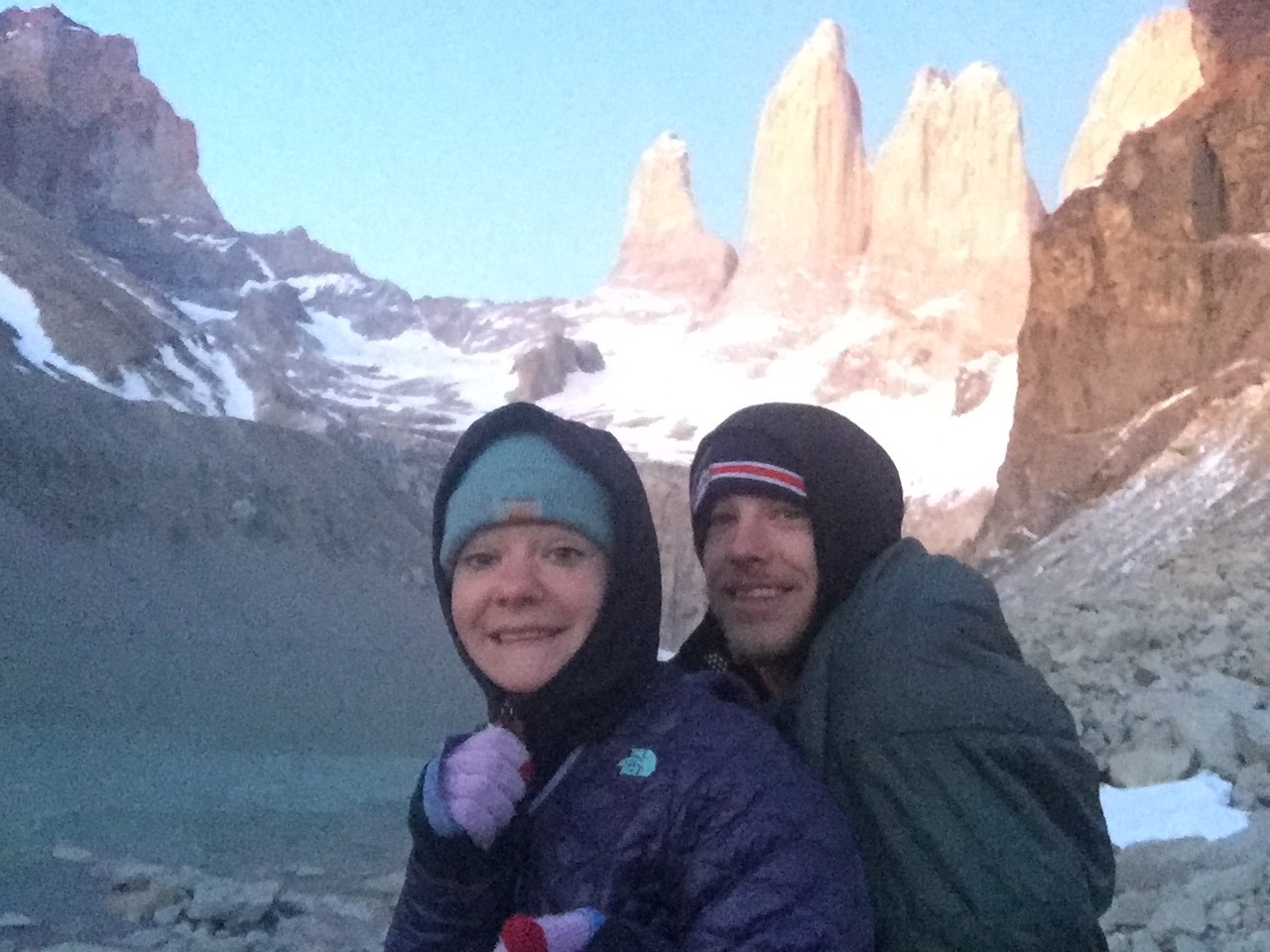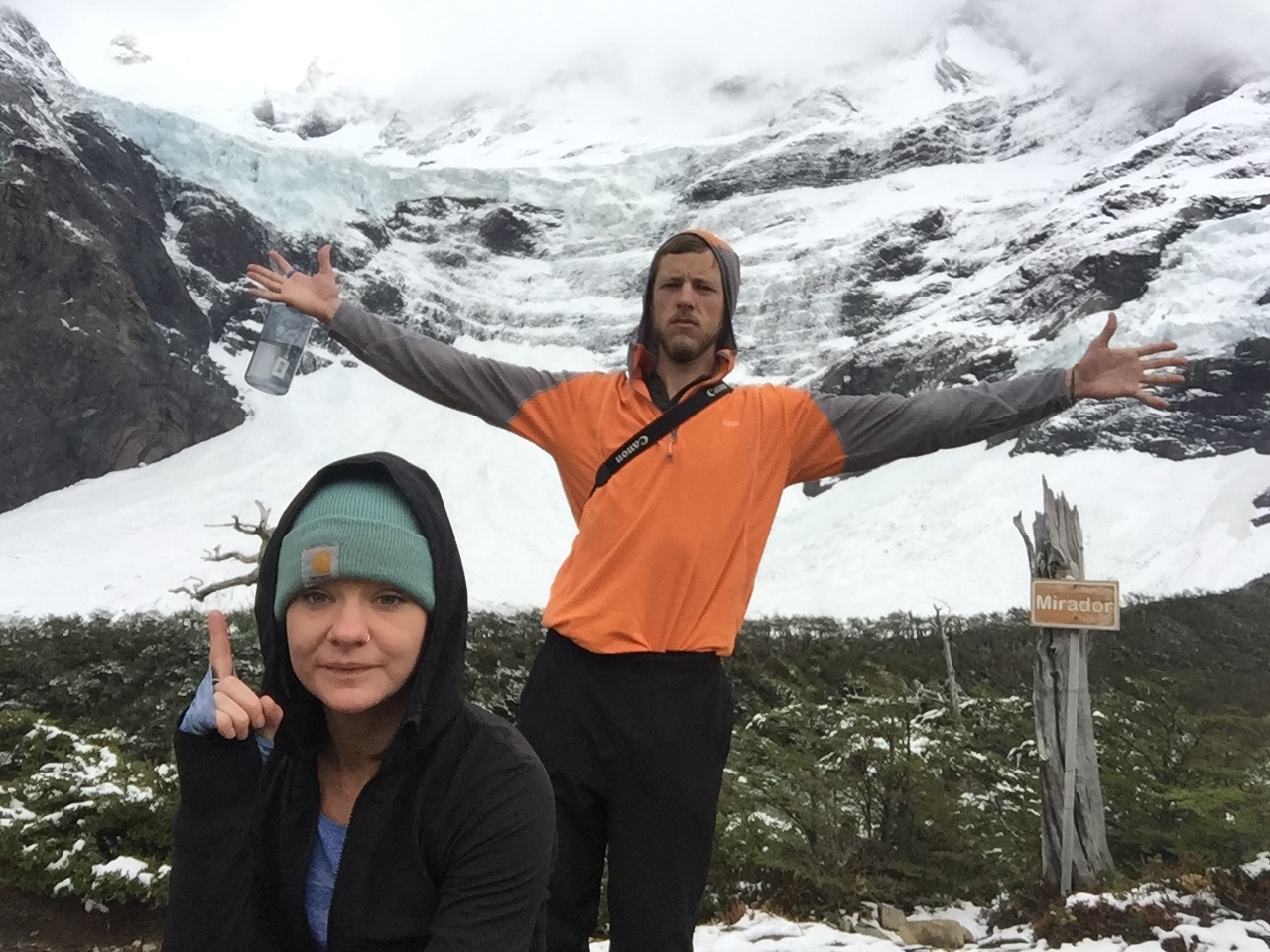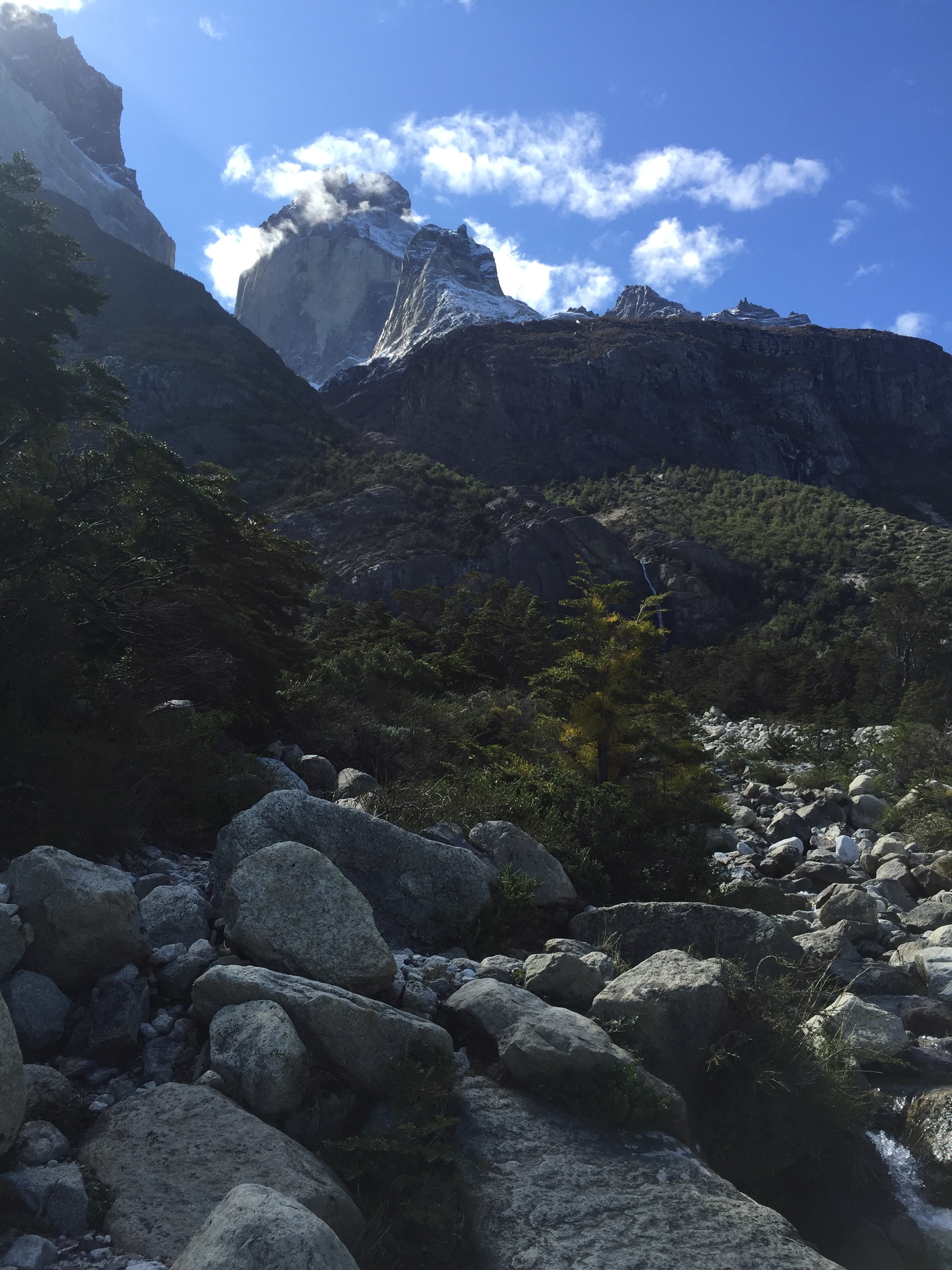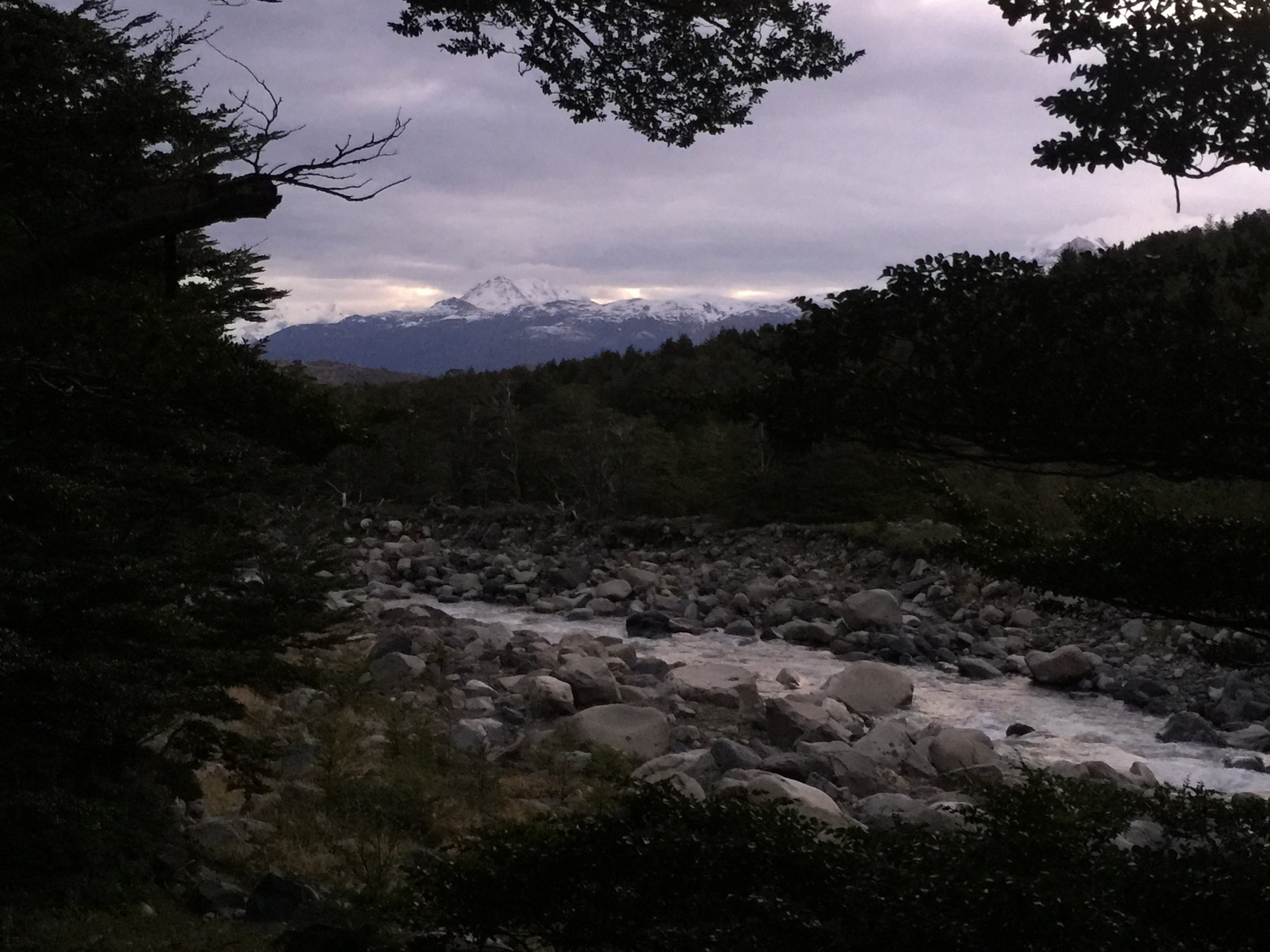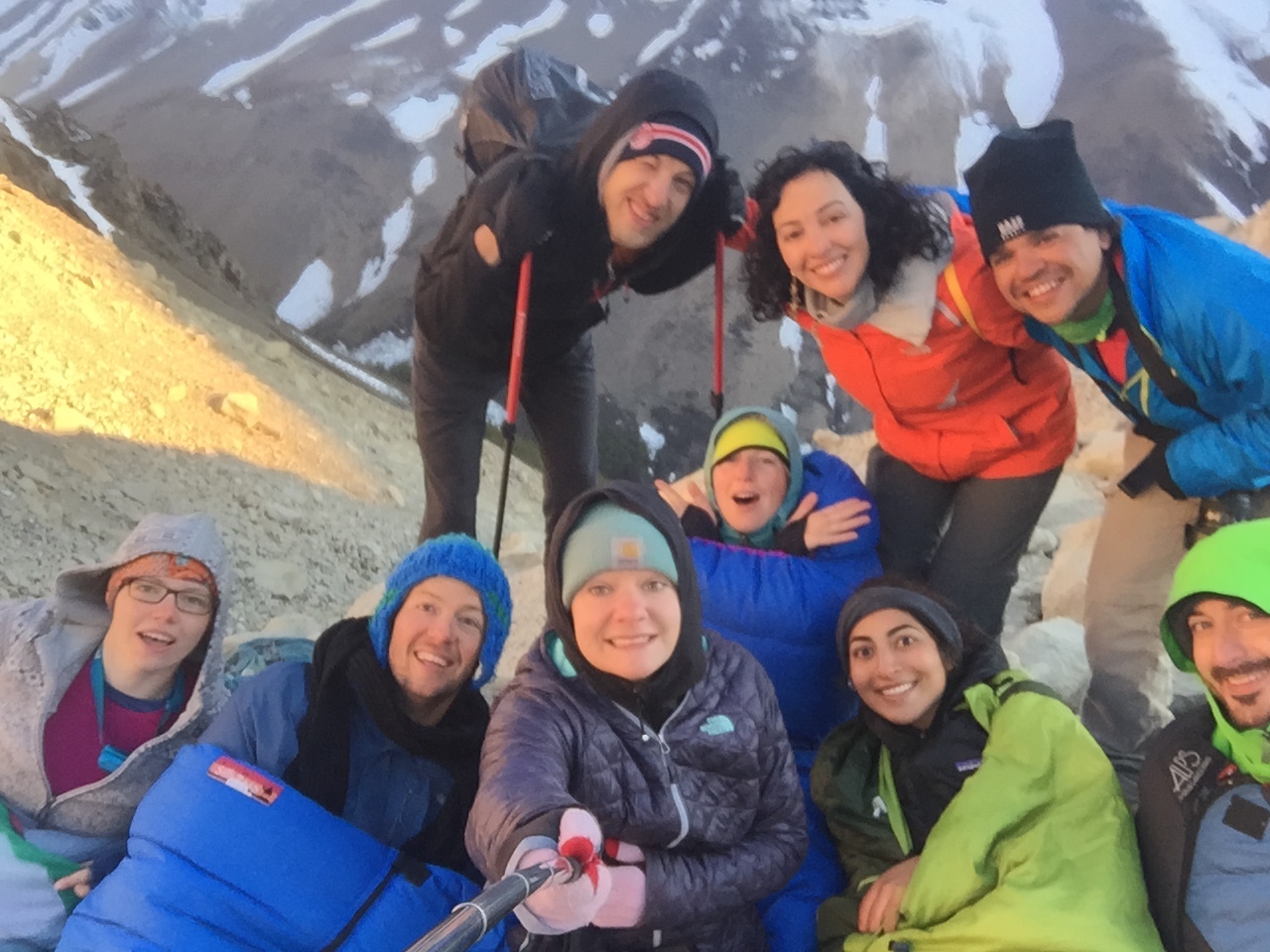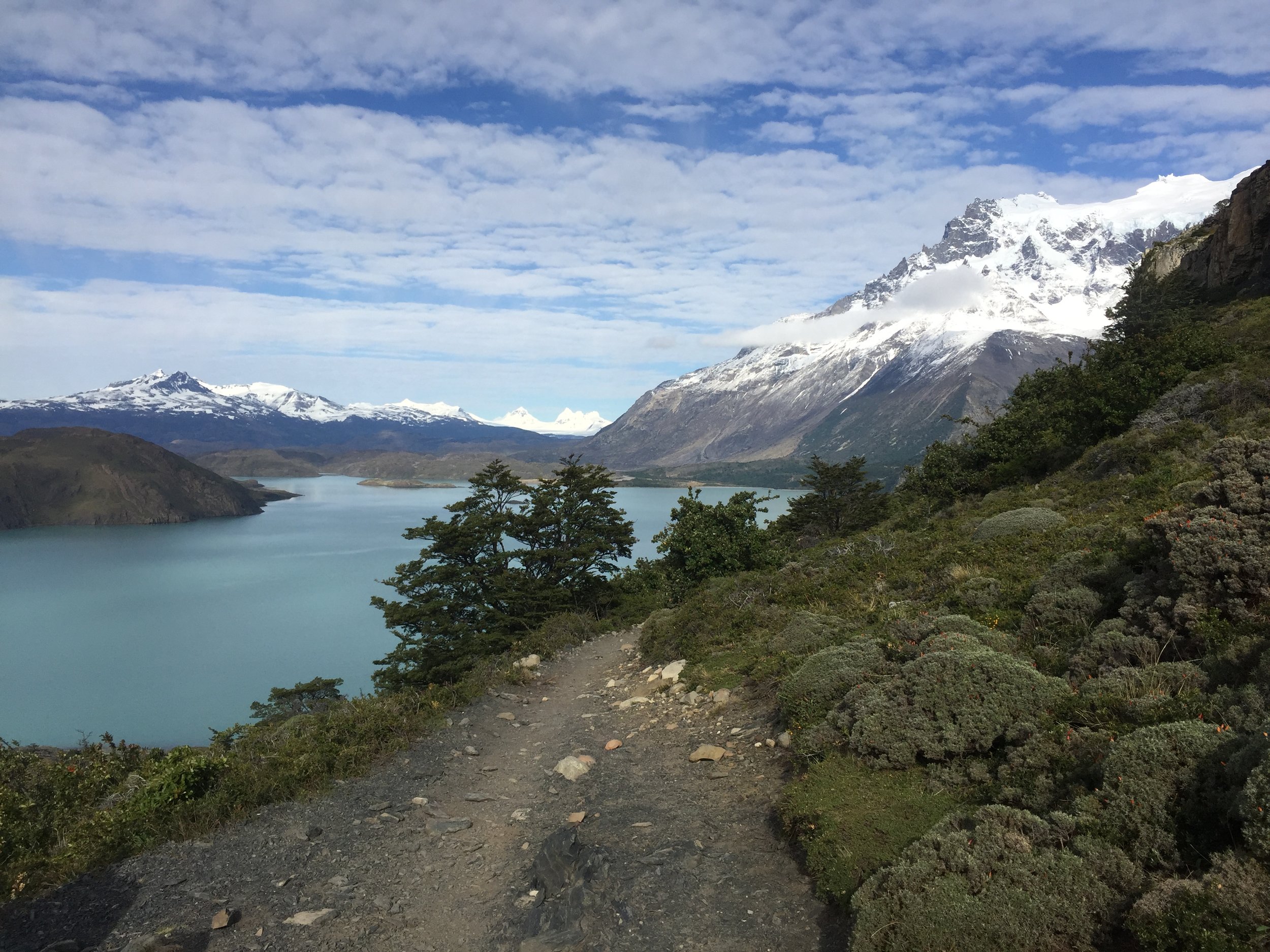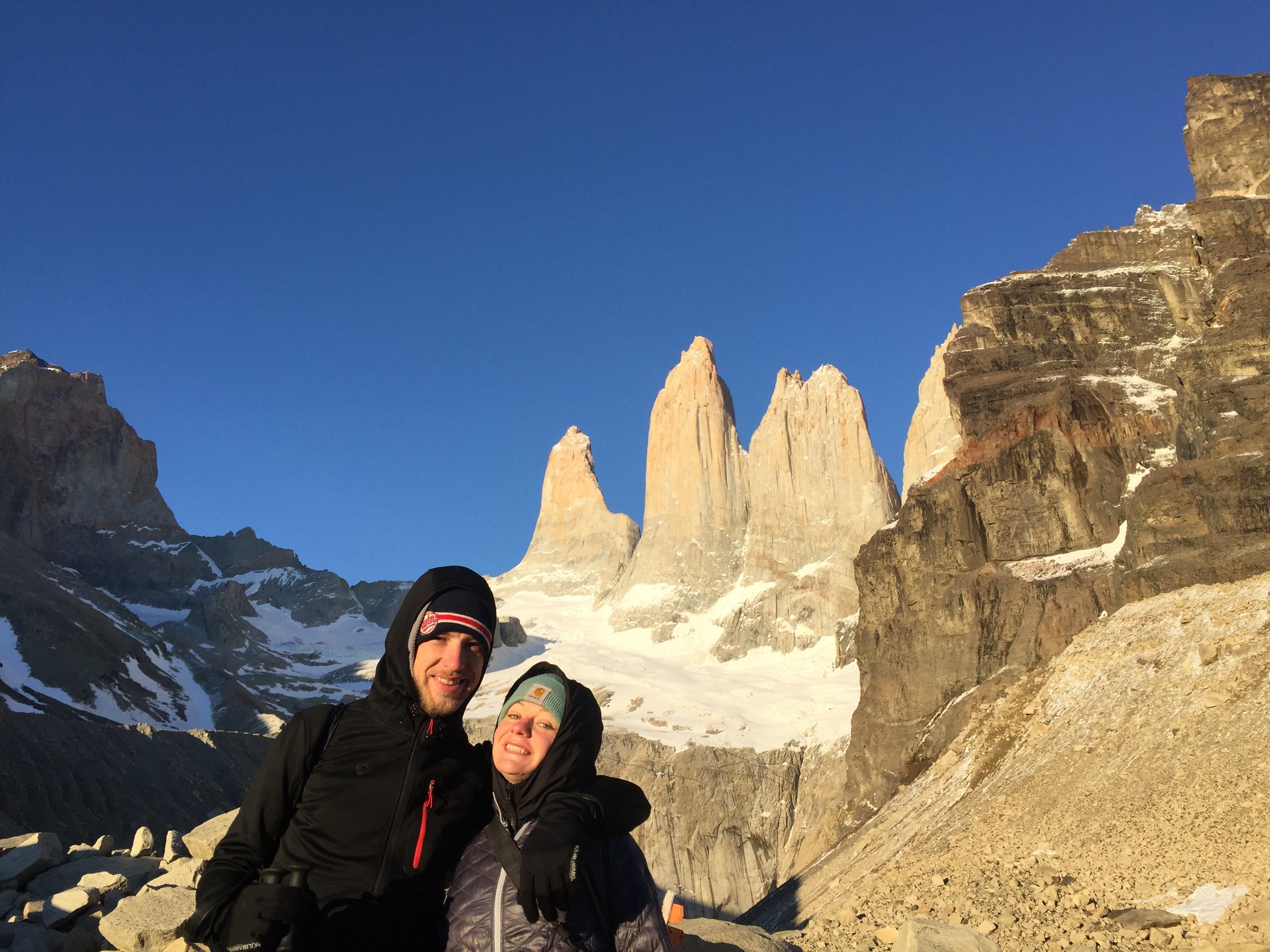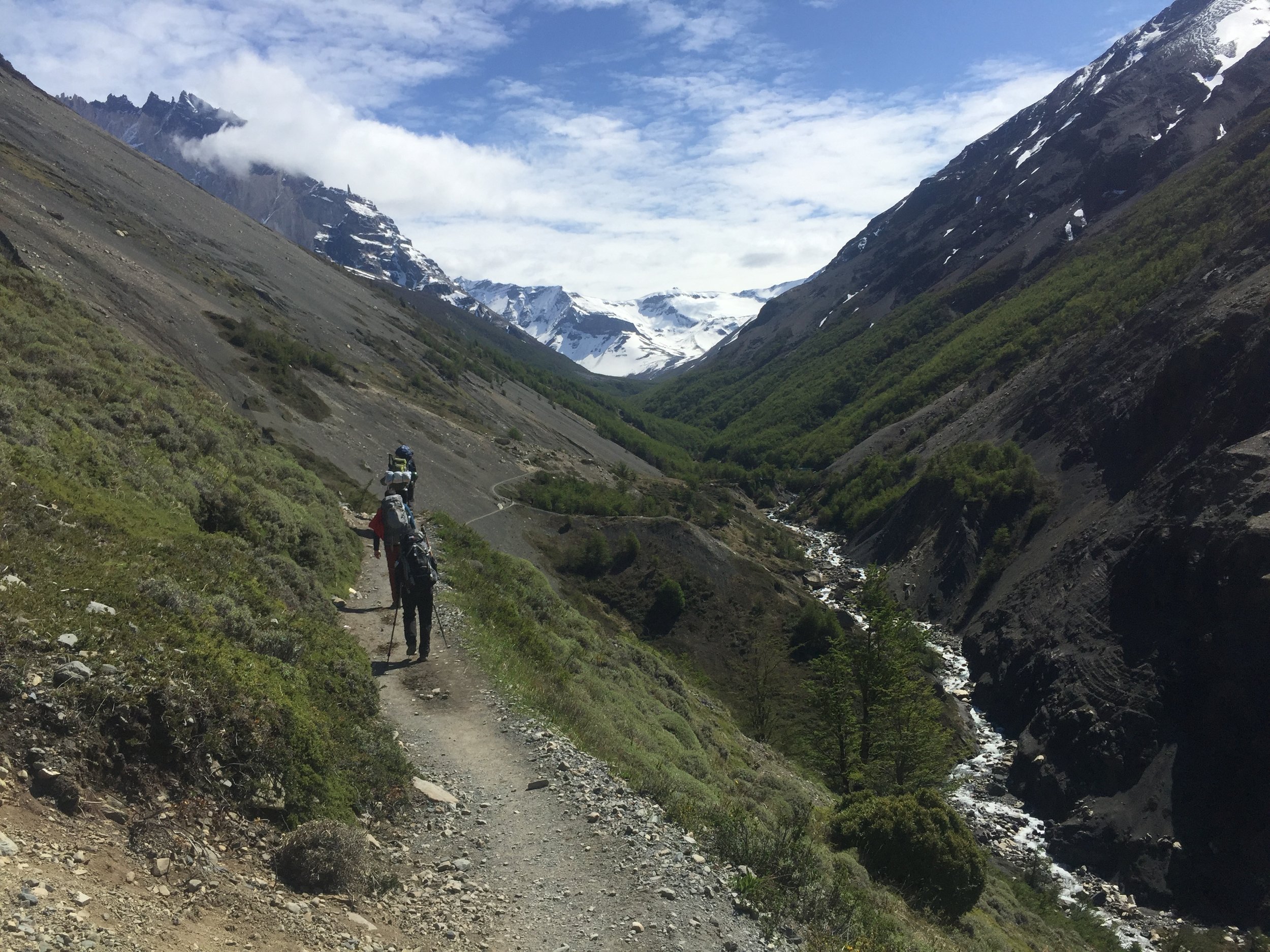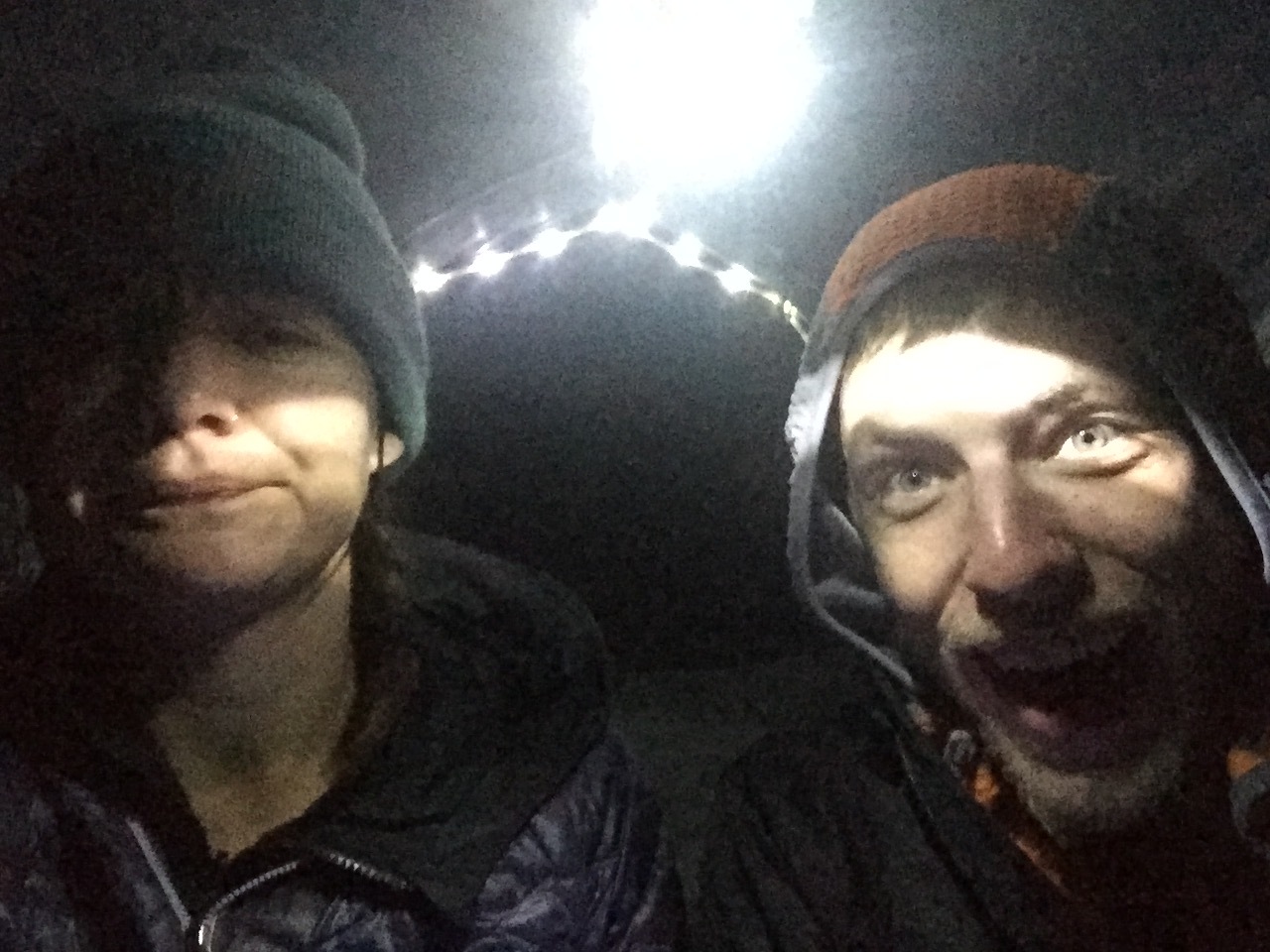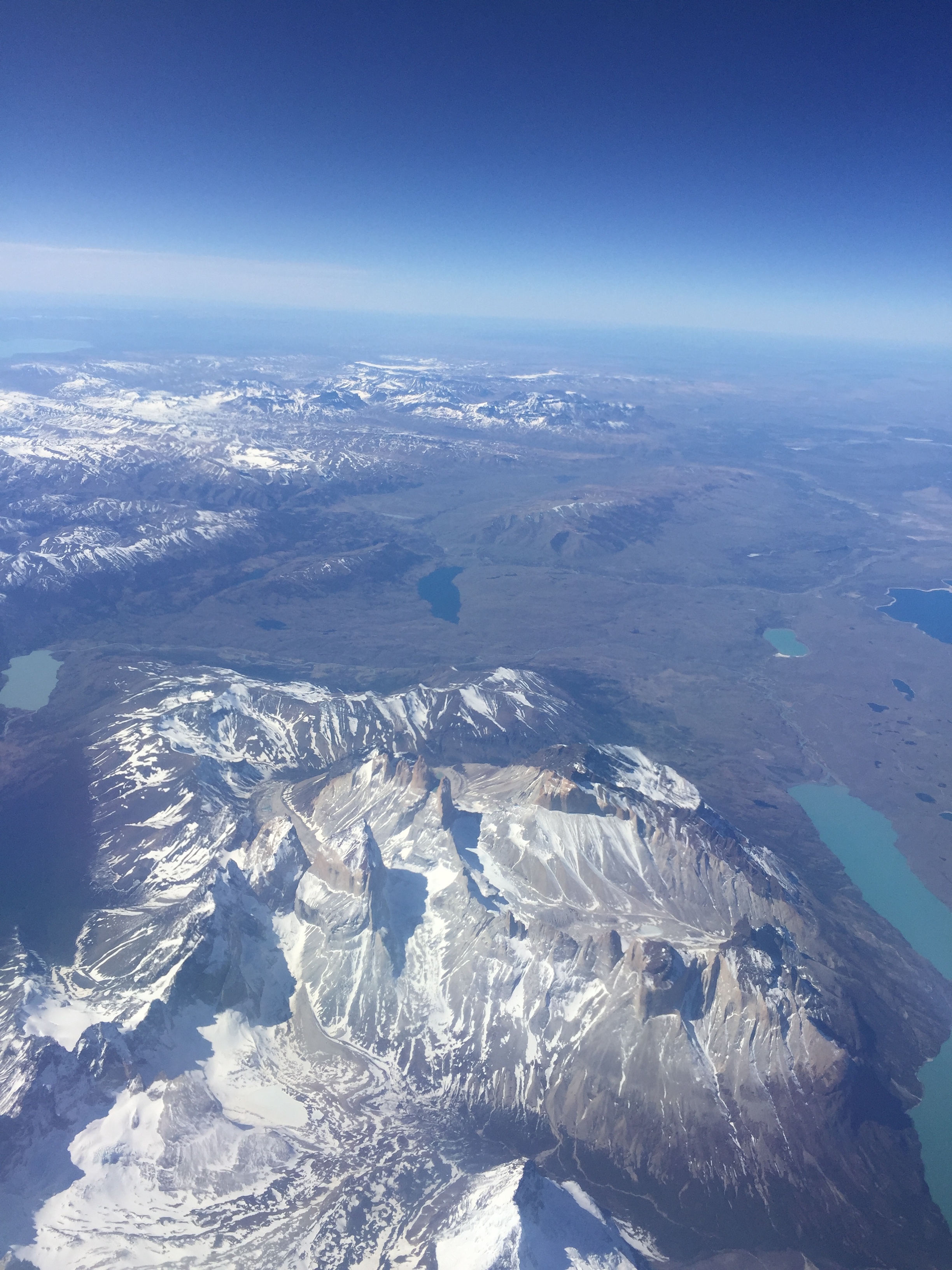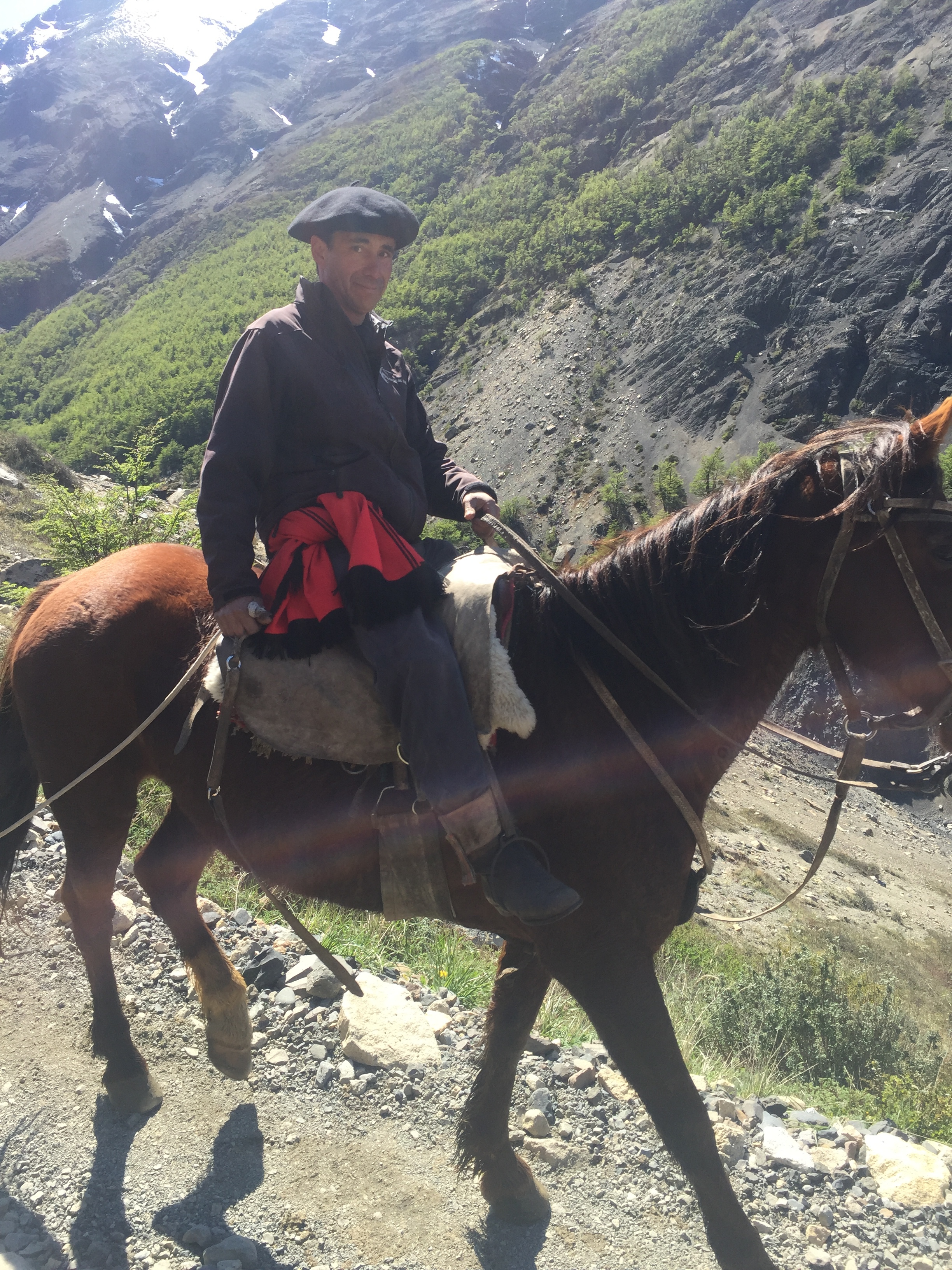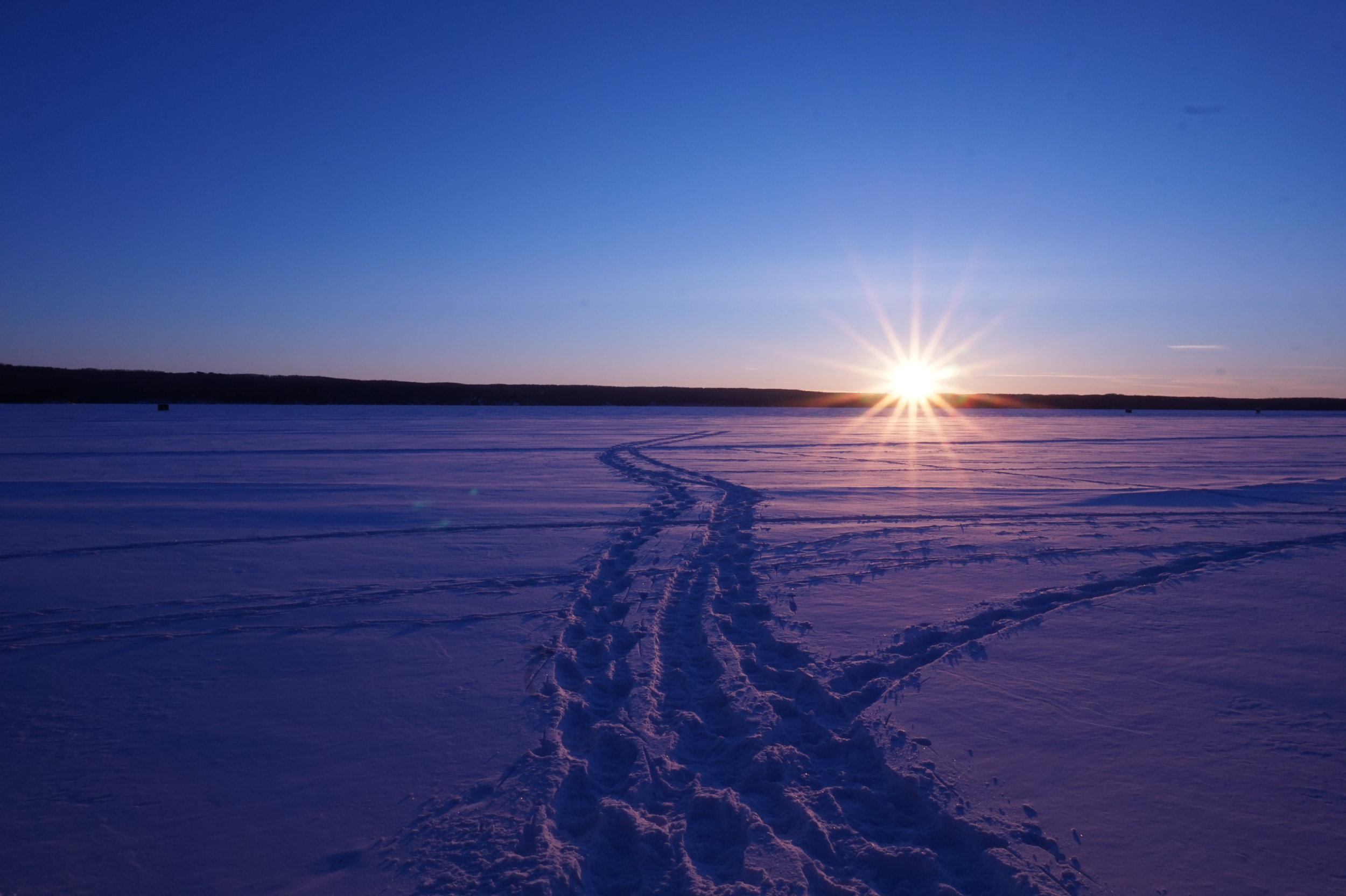Ellen Ripley, the most BA Introvert to ever Introvert
Empowering Introverted Leaders
IF ELLEN RIPLEY doesn’t come to mind as the most prolific called-to-action introverted leader of all time, then you need to rewatch the original Alien like, yesterday. I have a certain fascination with Sigourney Weaver — don’t ask why, it’s a long weird story — and this role in particular comes to mind every time the topic of introverts vs. extroverts arises. In the film, Ellen Ripley (or just Ripley, because she’s that flippin’ cool) was set up as a background character. Only when everyone lost their minds did Ripley step up into a leadership role and transformed into the hero everyone needed. She was calm and collected in stressful situations. She listened intently, processed internally, and often made quick decisions without hesitation. She’s also incredibly trustworthy because she actually cares. She was a total badass without having to explain her badassery out loud. 12-star protagonist in my opinion.
A common theme in leadership, which has been ruminated a million times over, is that the most outgoing, outspoken, seemingly extroverted people have all the capacity to be the best leaders. Business schools capitalize on it in their teachings and a lot of introvert empowerment seems to fall through the cracks. Businesses tend to assume the quiet meeting member isn’t someone of value, but rather a behind-the-scenes person. Having an ostentatious personality is praised and often associated with the highest of performance.
Susan Cain, the fairy godmother of tackling this issue, argues that modern (Western) culture undervalues the traits and capabilities of introverts. Her book Quiet: The Power of Introverts in a World that Can’t Stop Talking (also a Ted Talk) argues that our culture, over time, came to focus on personality instead of character, thus leading to "a colossal waste of talent, energy, and happiness." Essentially, we’ve grown to assume that introverts are inferior. The basis of her arguments, most notably, is that temperament is a core element of human identity. She references research in biology, psychology, neuroscience and evolution to demonstrate that introversion is both common and normal. She also mentions that some of the most notorious leaders and artists possessed this characteristic.
I recently finished reading Shoe Dog, a memoir written by the creator of Nike, Phil Knight. I resonated with this book due to Phil’s honesty about his introverted tendencies showing up by way of daily long runs. For Knight, gaining clarity and understanding for his (at the time) non-flourishing shoe company meant planning and plotting during times of a much-need solitary six mile run. He often mentions the frustrations on behalf of his business partners and employees, as his communication wasn’t loud and boisterous — instead it was calm, collected, and often processed internally, usually during a run. Obviously, Phil Knight went on to build an empire. What we don’t see is that Nike was founded by an introverted leader with a passion for doing business his way — quietly — and with great success.
There are endless examples of distinguished leaders who exemplify traits of an introvert and yet, as a society, we continue to ostracize the quiet and reserved for the same old reason: we don’t fully understand the potential of their character.
I have personally been known to display introverted tendencies, yet most people assume I’m an extrovert. The truth is, I’m a lot of both. An ambivert, if you will. The beauty of being both gives me a specialized insight into the empowering leaders of all types. What I have found, however, is that empowering introverts in particular seems to be more of a struggle. Here are three simple ways in which to support introverts becoming leaders:
One-on-One Sessions
A former coworker I had used to DREAD our Monday morning meetings because it was a gross display of outspoken group members taking the time to public speak - something my less outspoken coworker felt the need to do. She often waited until after the meeting to speak to me or someone else about project ideas that were often times much more efficient than what was proposed. A simple one-on-one option could have saved her, and us, a lot of productivity time waster.
Environment Assessment
Open work spaces are very sexy recently due to the idea that when you put a bunch of people in the same room without dividers, the collaboration will just FLOW out them simply by proximity. Seems logical, right? Can you imagine being someone who is more reserved and more comfortable and MORE PRODUCTIVE on their own trying to work in this environment? It’s not unrealistic to ask what an employee prefers ahead of time. Just because some people want privacy doesn’t mean they aren’t a team player or working on ways to lead the organization in the right direction.
Open policy to be themselves
Giving people the opportunity and freedom to be themselves seems pretty abstract, but it’s incredibly powerful when you really put this process front of mind. Allowing people to present ideas in a way that’s comfortable for them ensures you care about what they have to say and how they want (need) to say it.
Empowering introverted leaders is beneficial to the entire organization in terms of productivity and advancement against competitors, as described in research done around successful CEOs. So why do we still, after all of this research data and confirmation of benefits of introverted leaders, have a tendency to promote the extroverted leader? The answer, in my opinion, is an incomplete understanding of how introverts work and where their leadership shines. Assessments like Emotional Intelligence (EQ), Myers-Briggs, or Insights Discovery are a great place to start with your team or group. Understanding each person’s character and personalities is a step in the right direction of listening to and empowering those around you - extroverted, introverted, or those of us who gladly accept that we are both…the elusive ambiverts.



